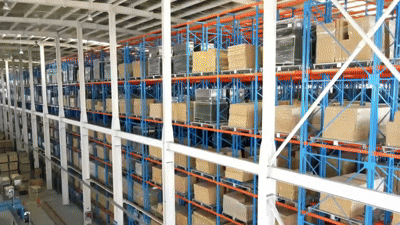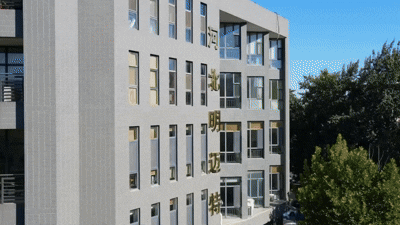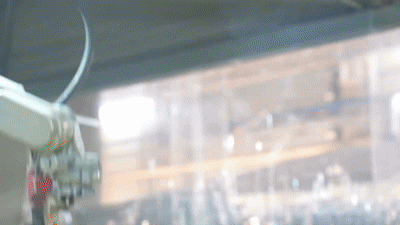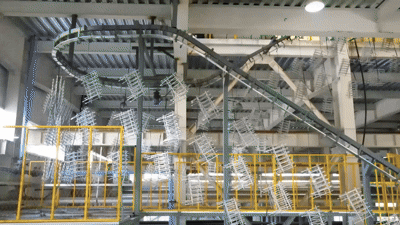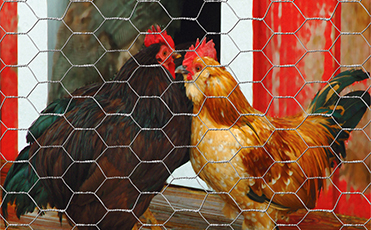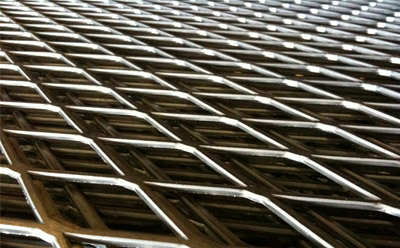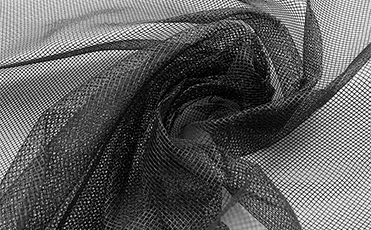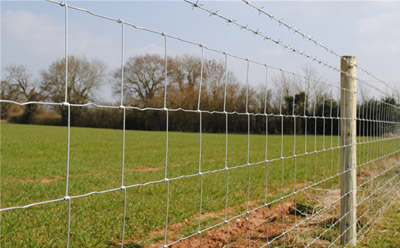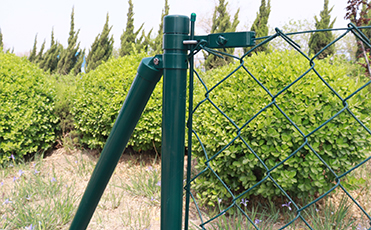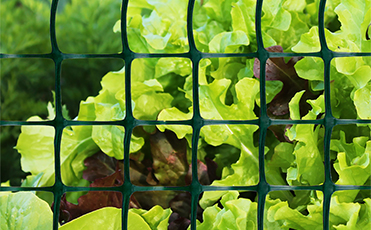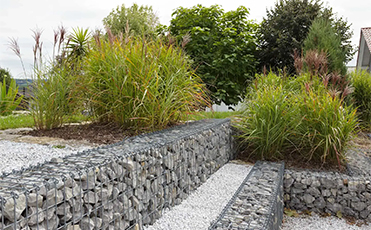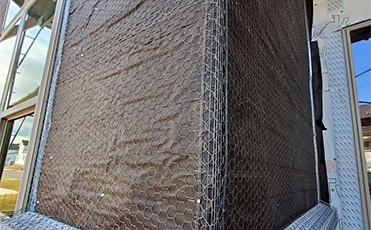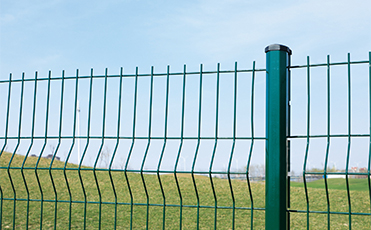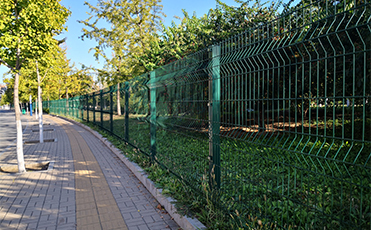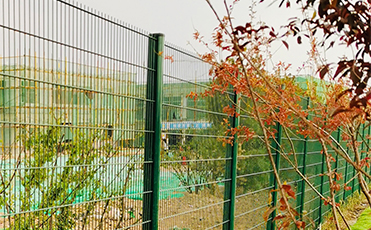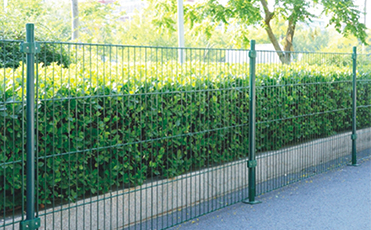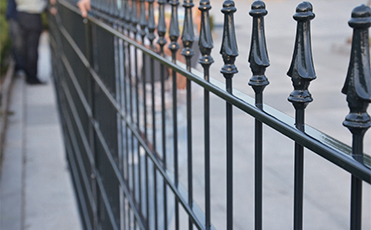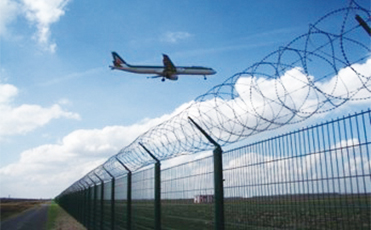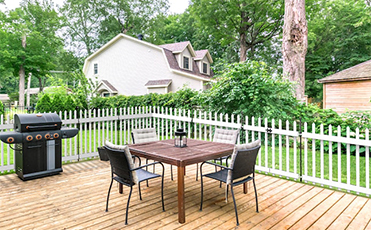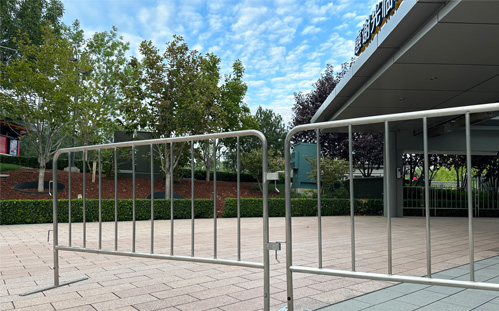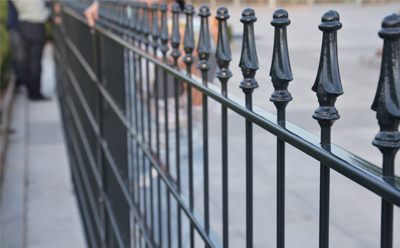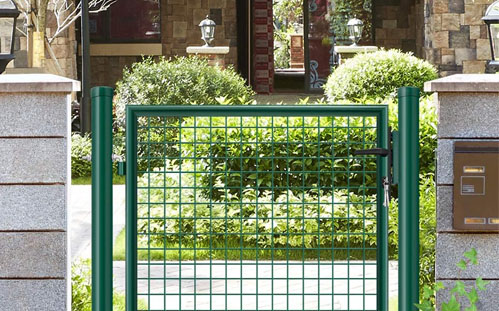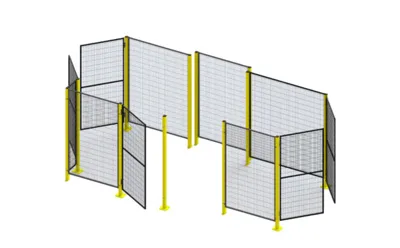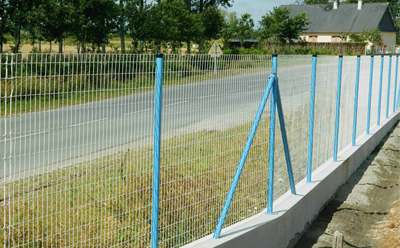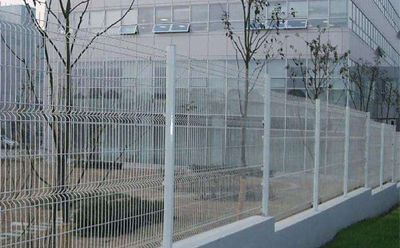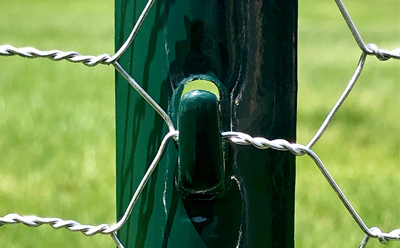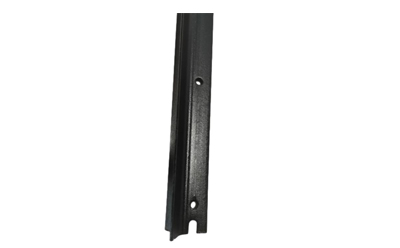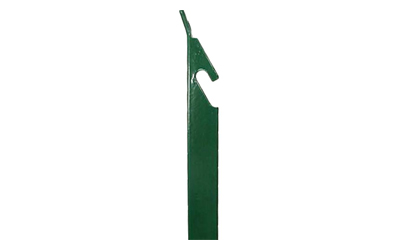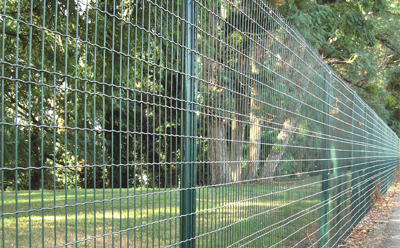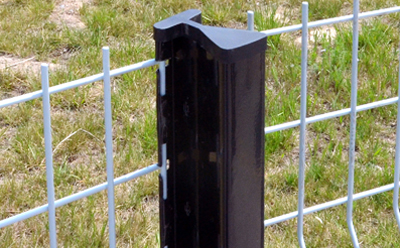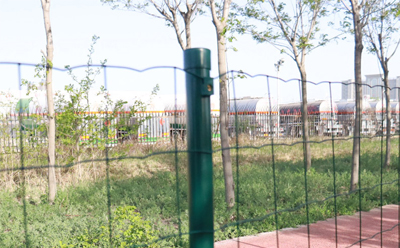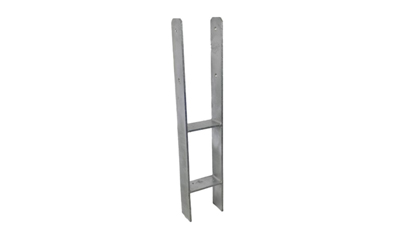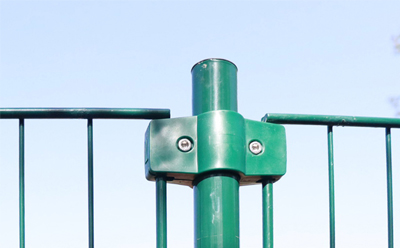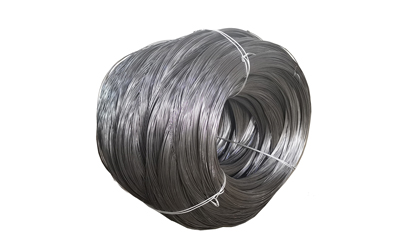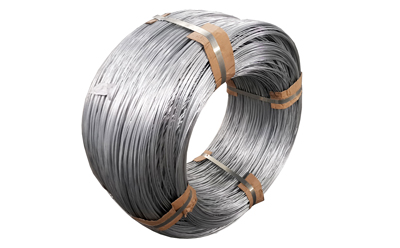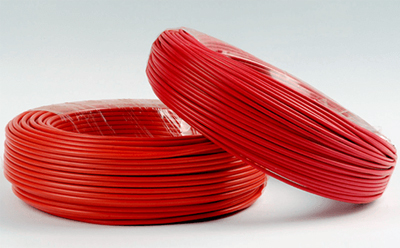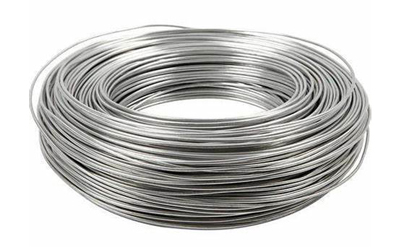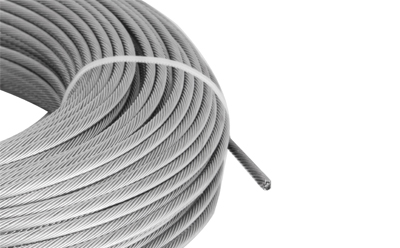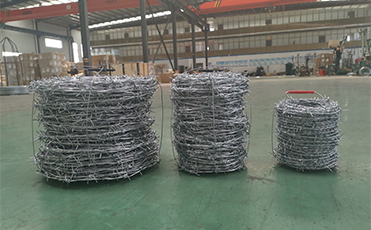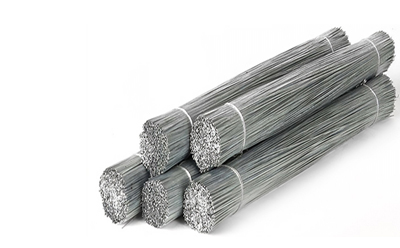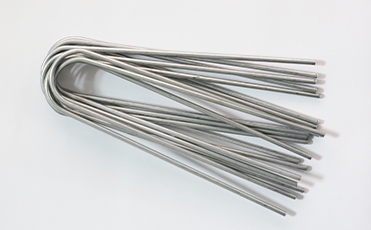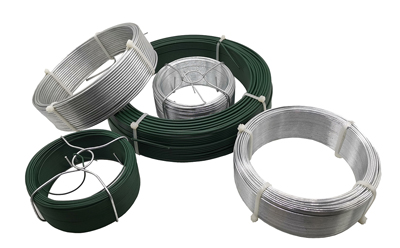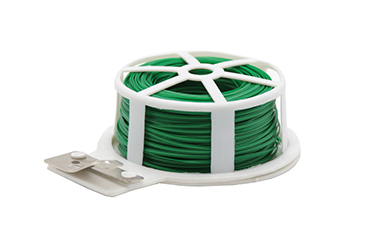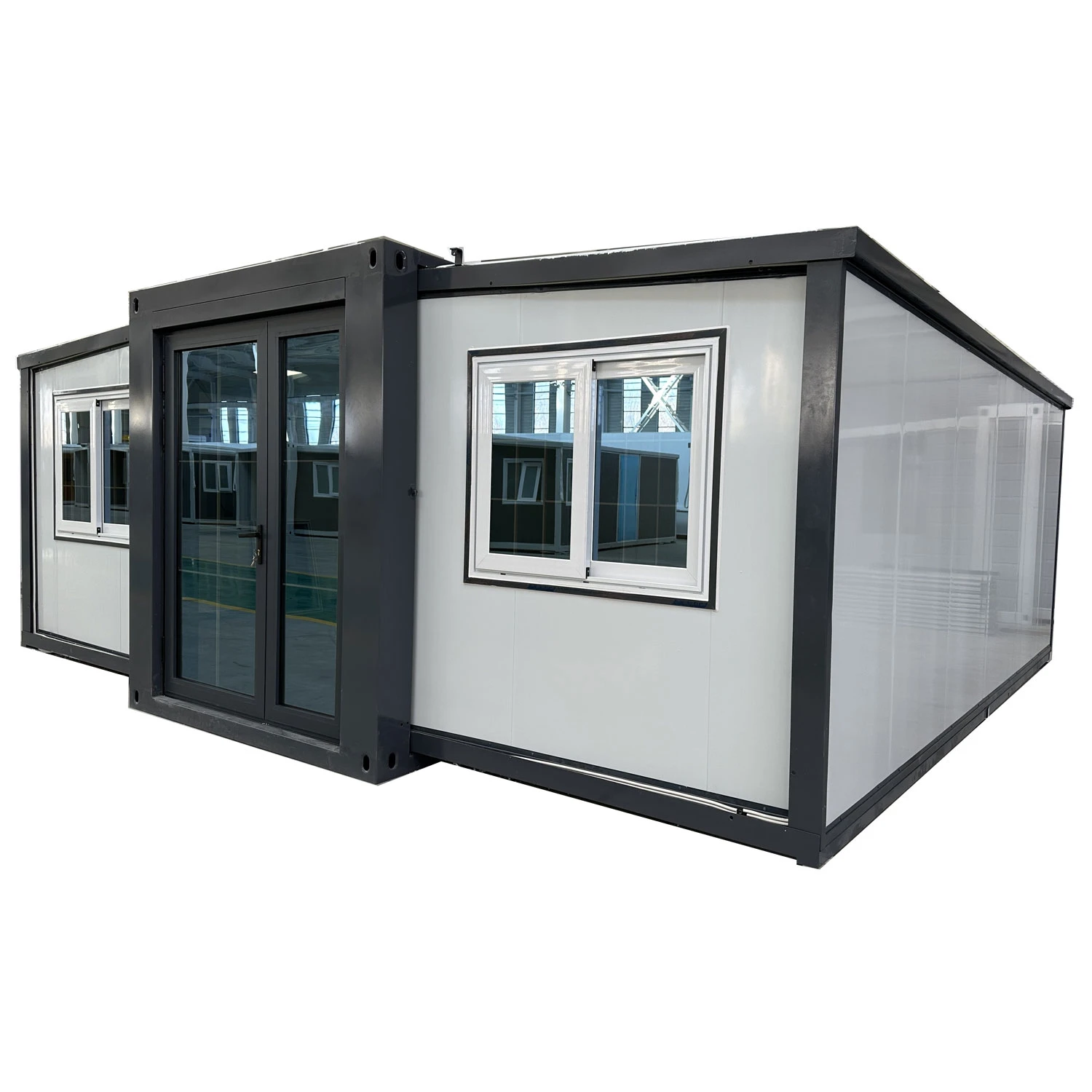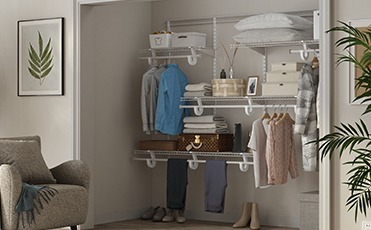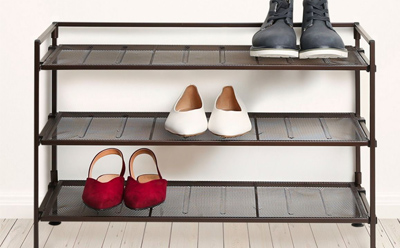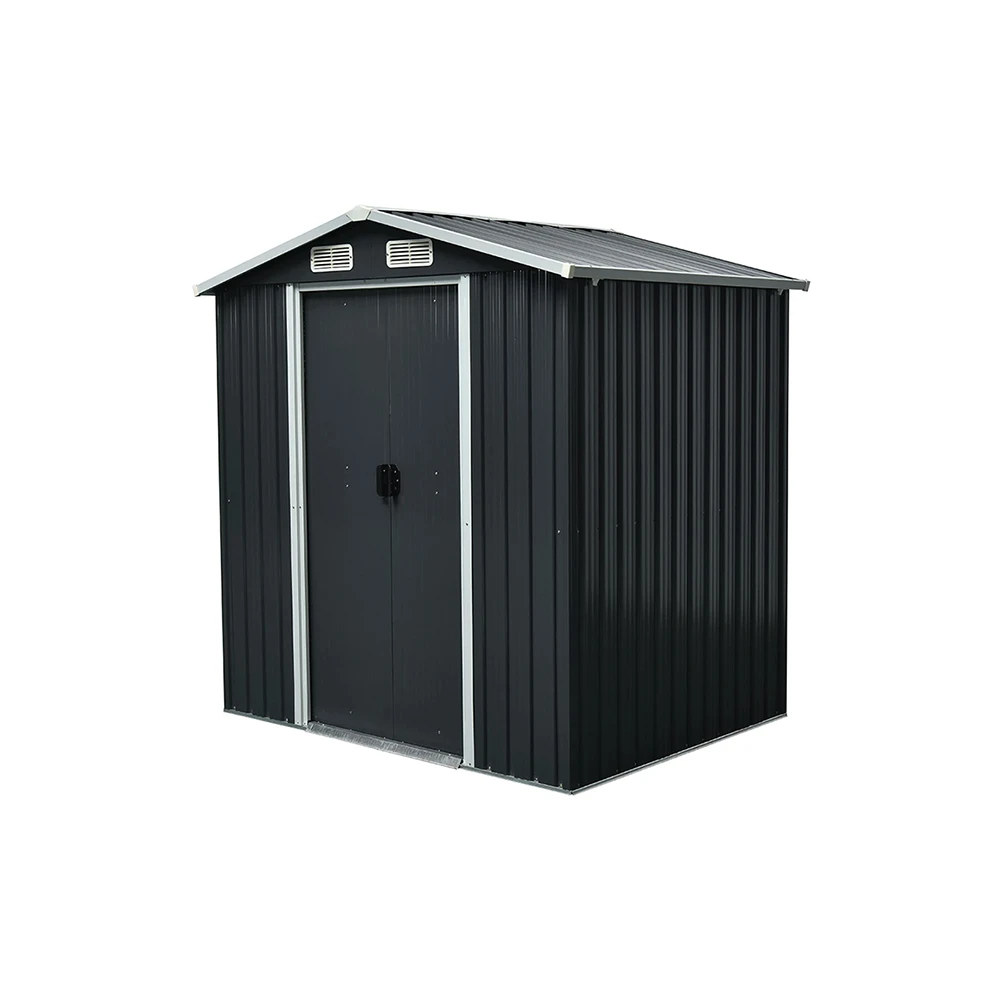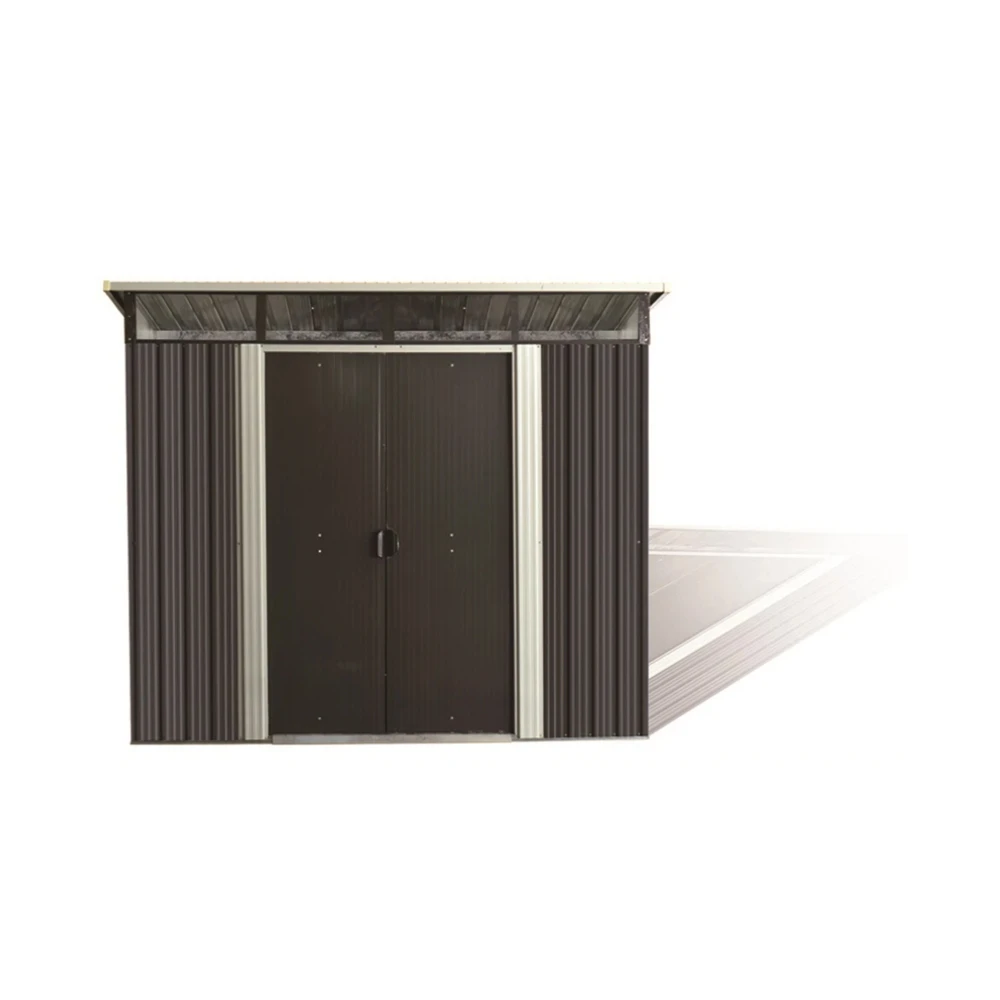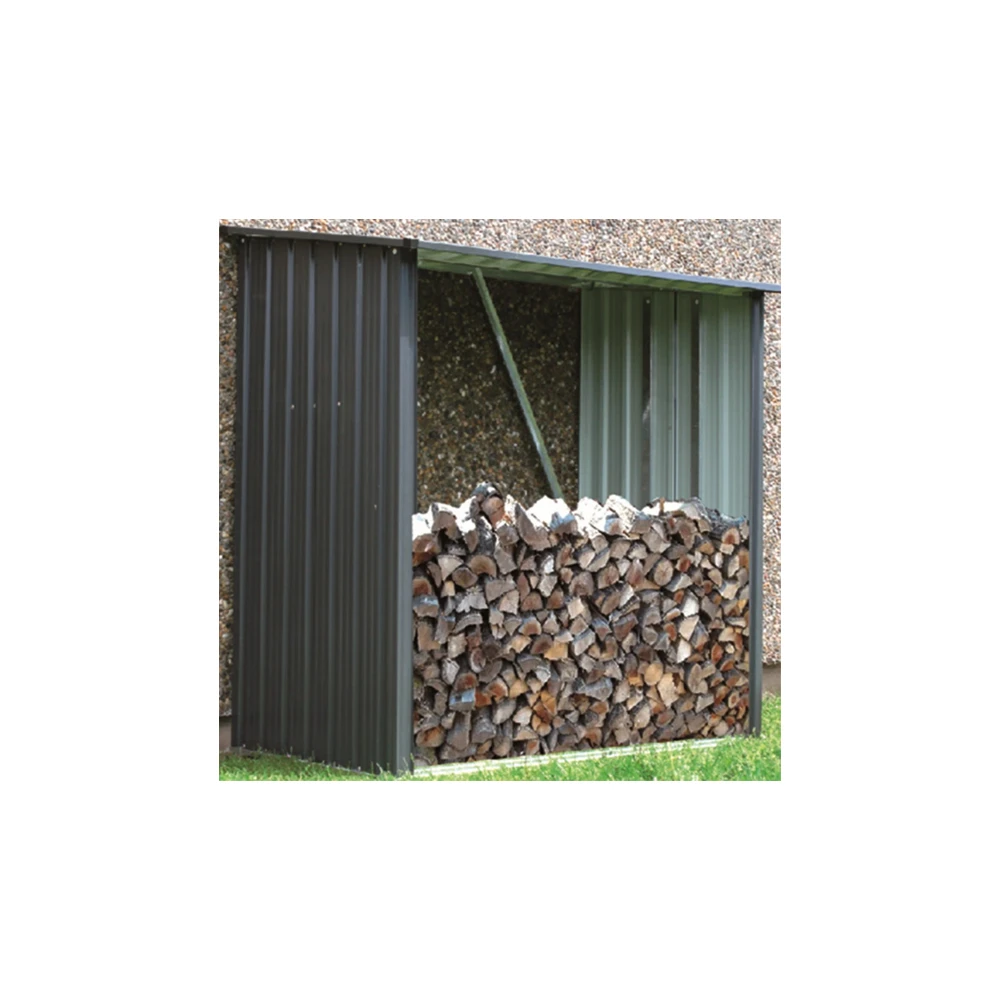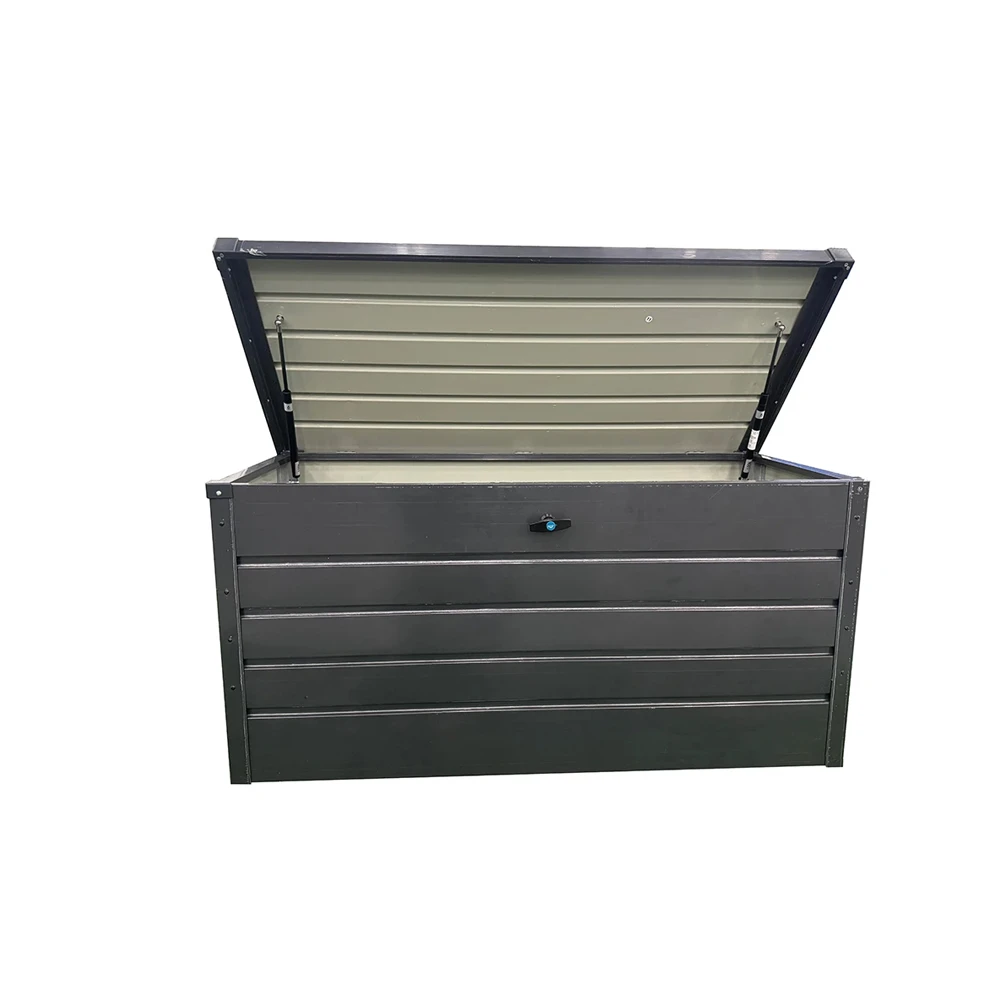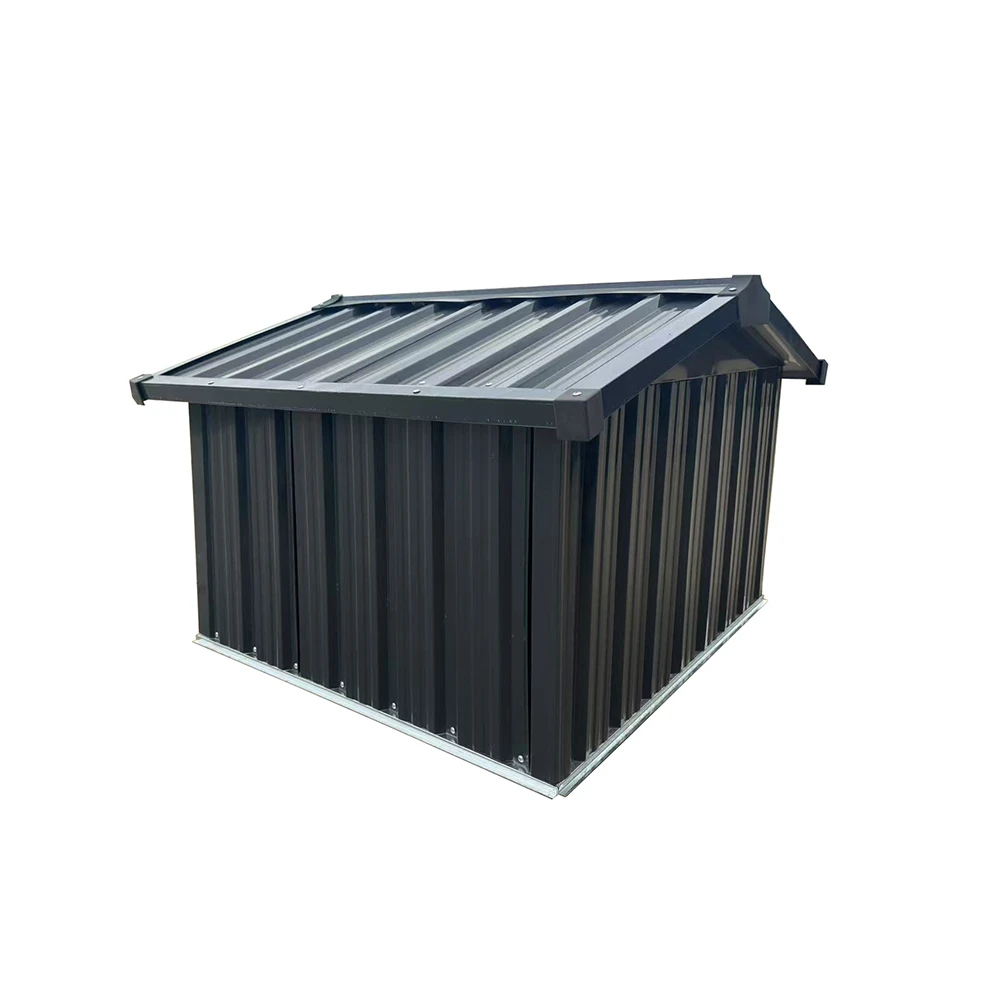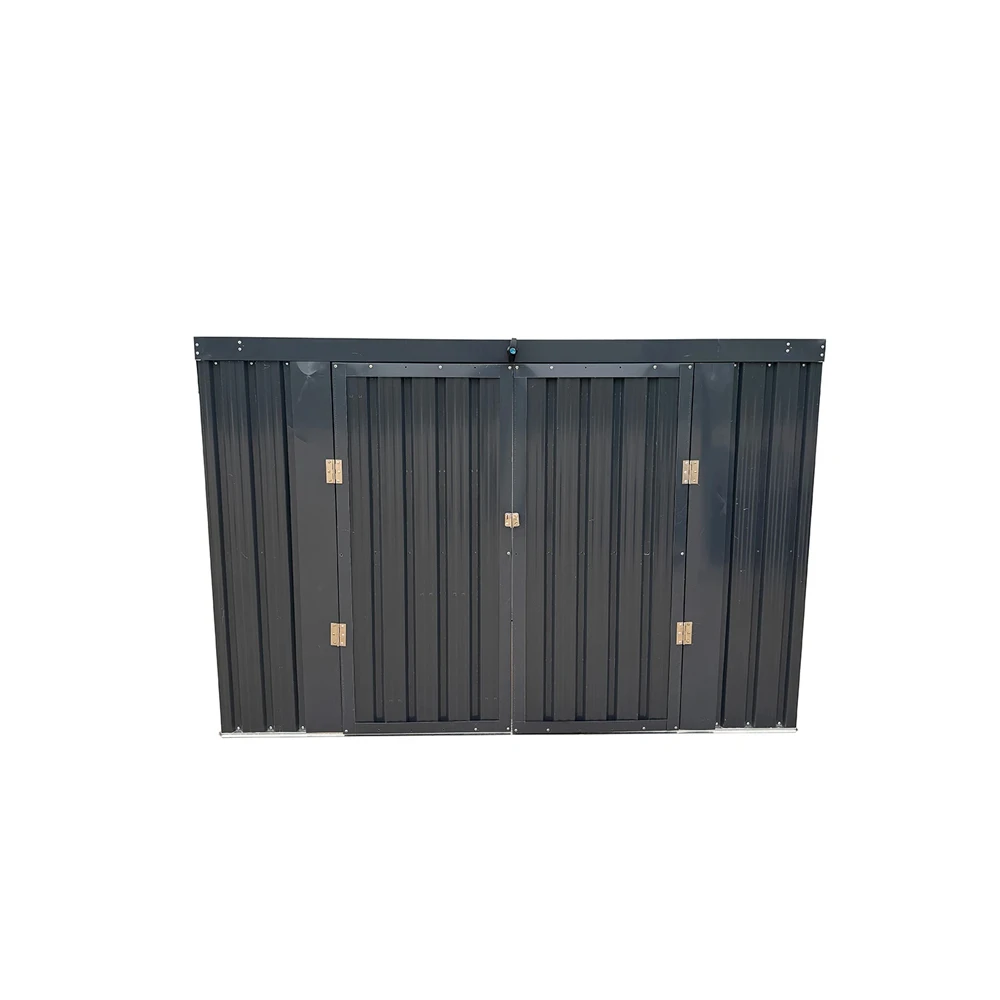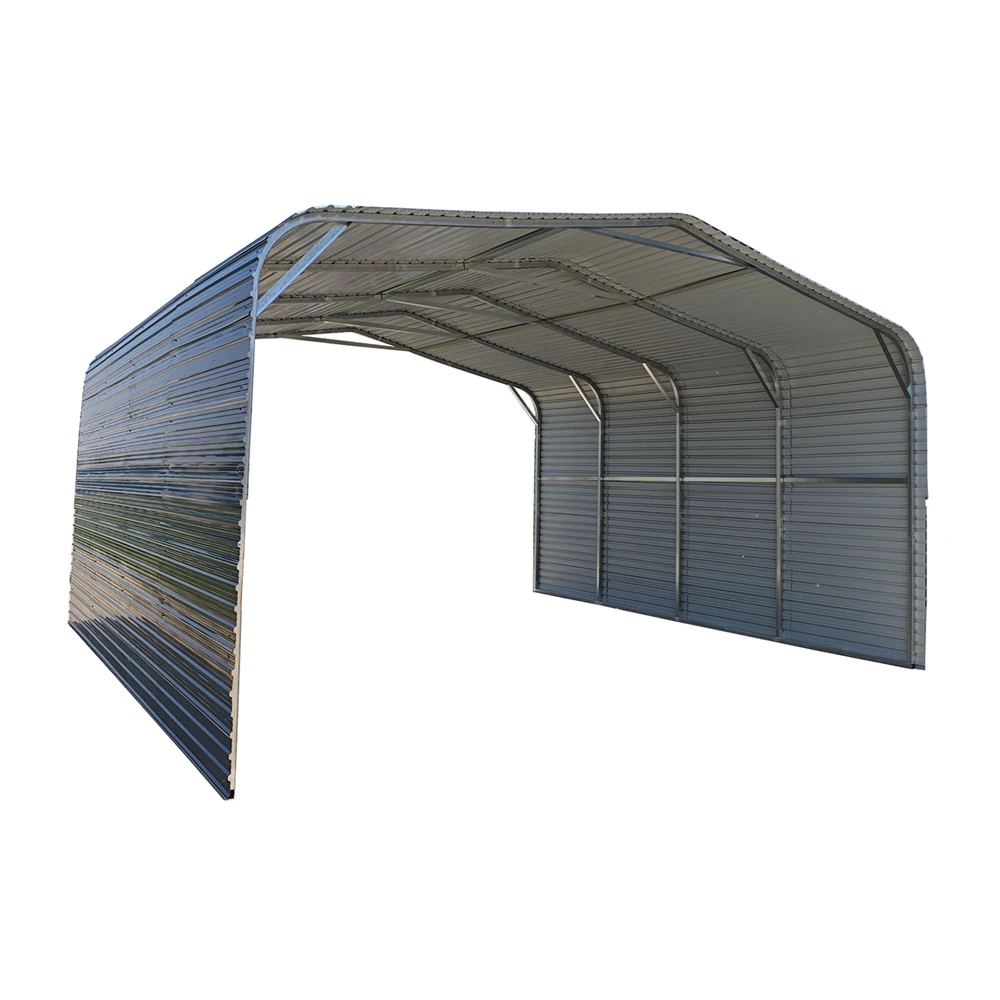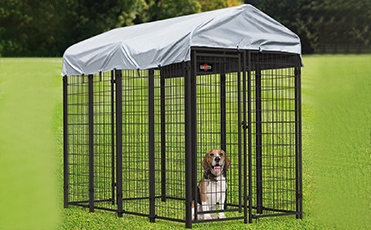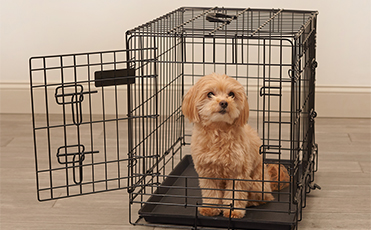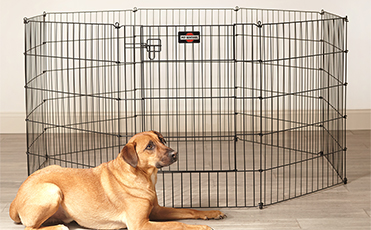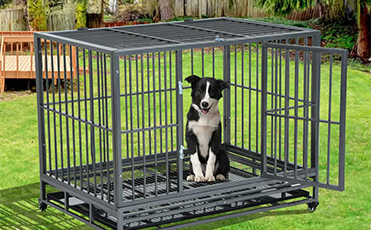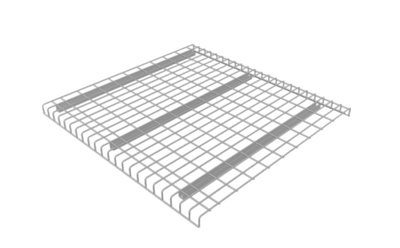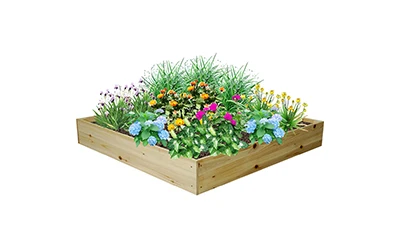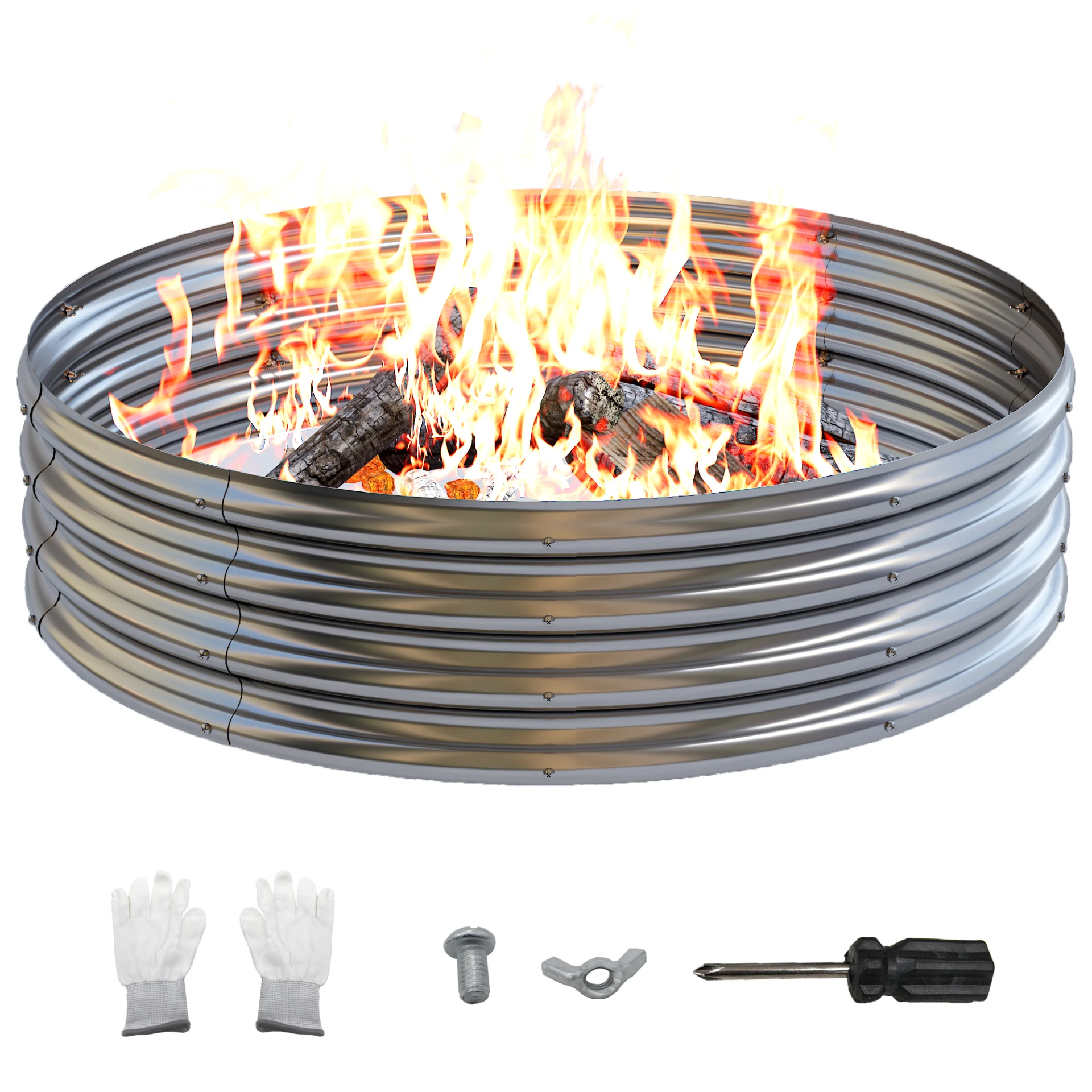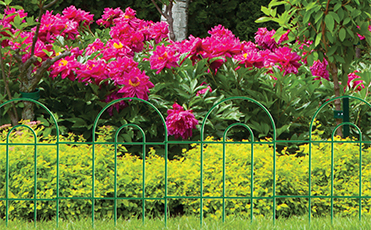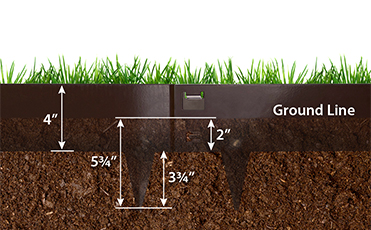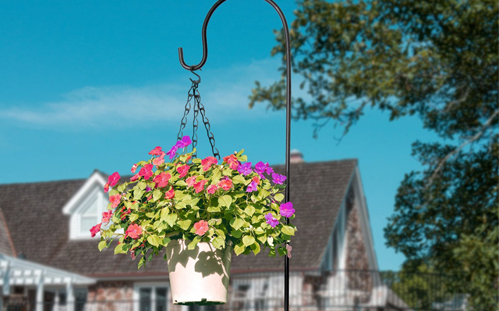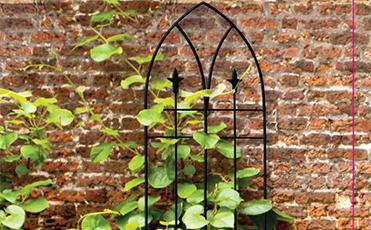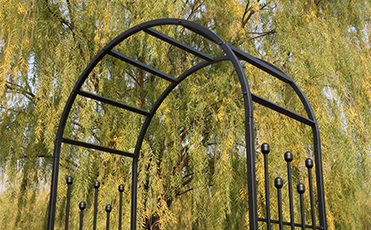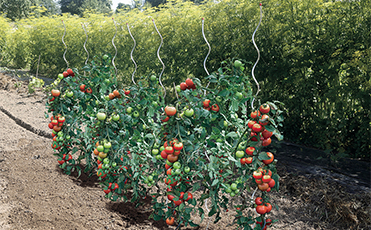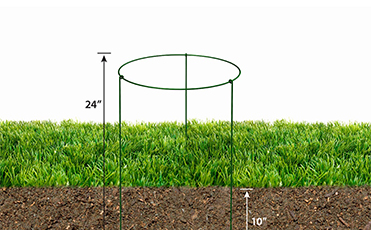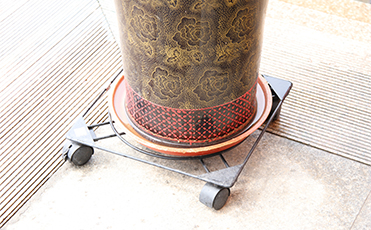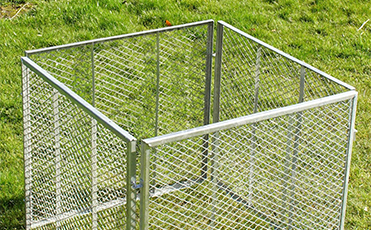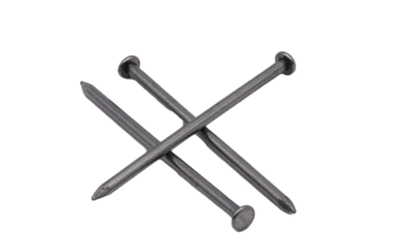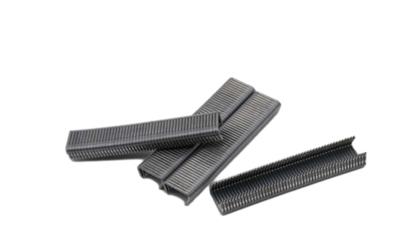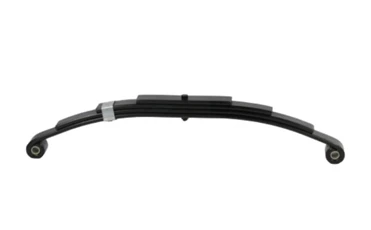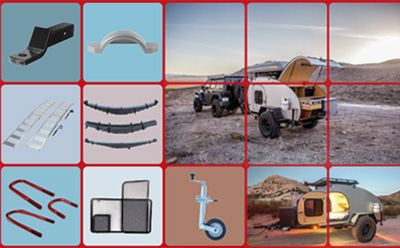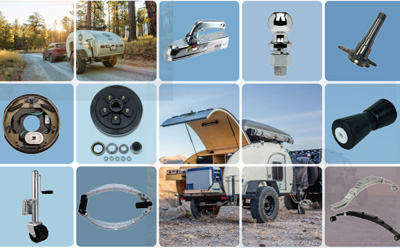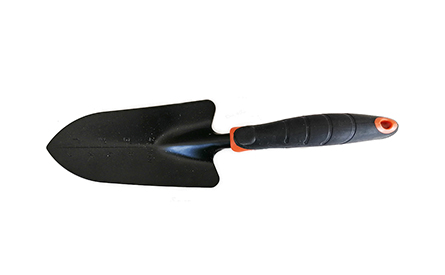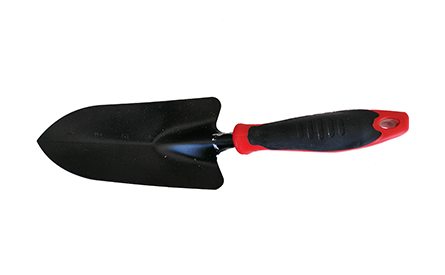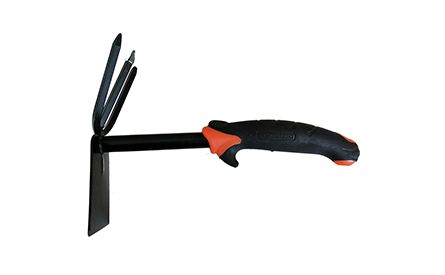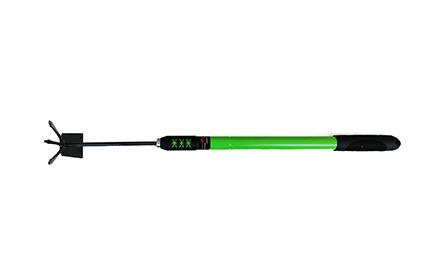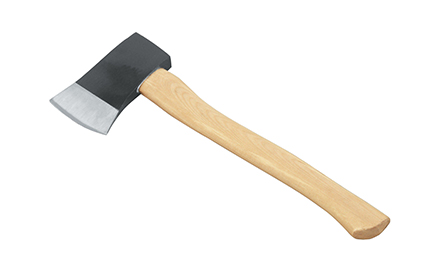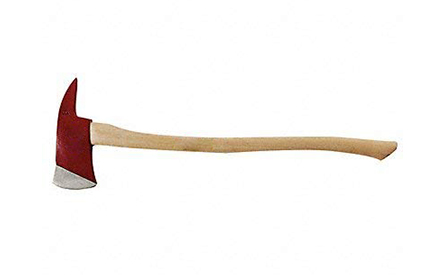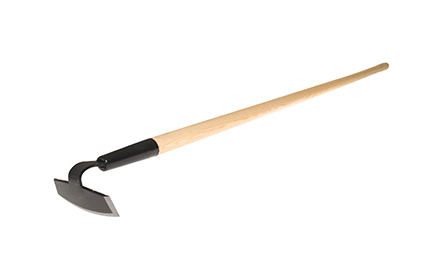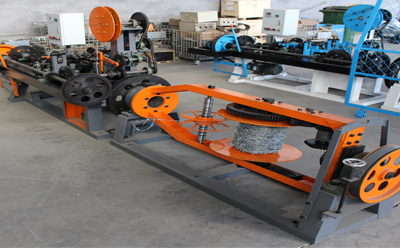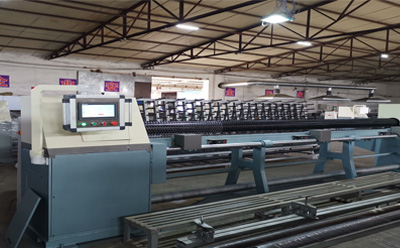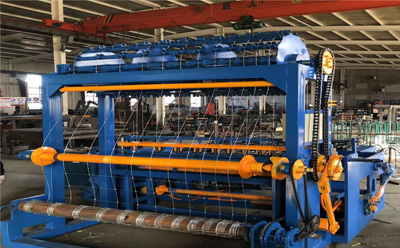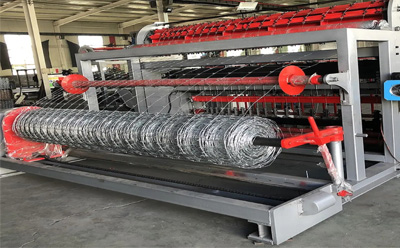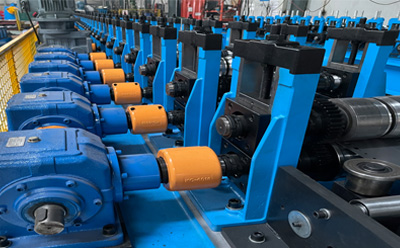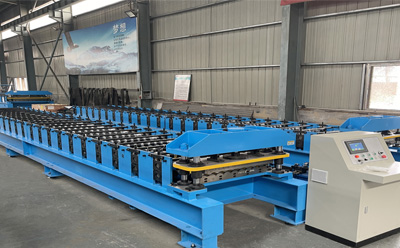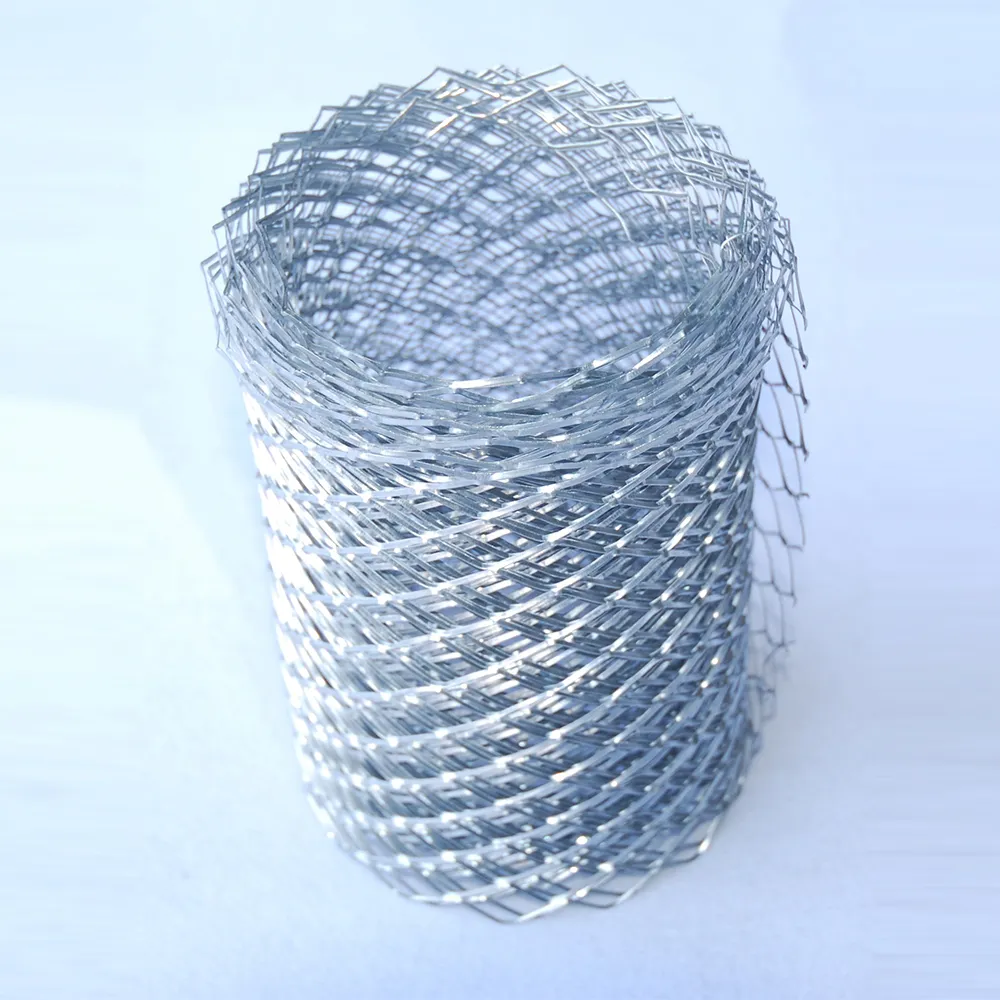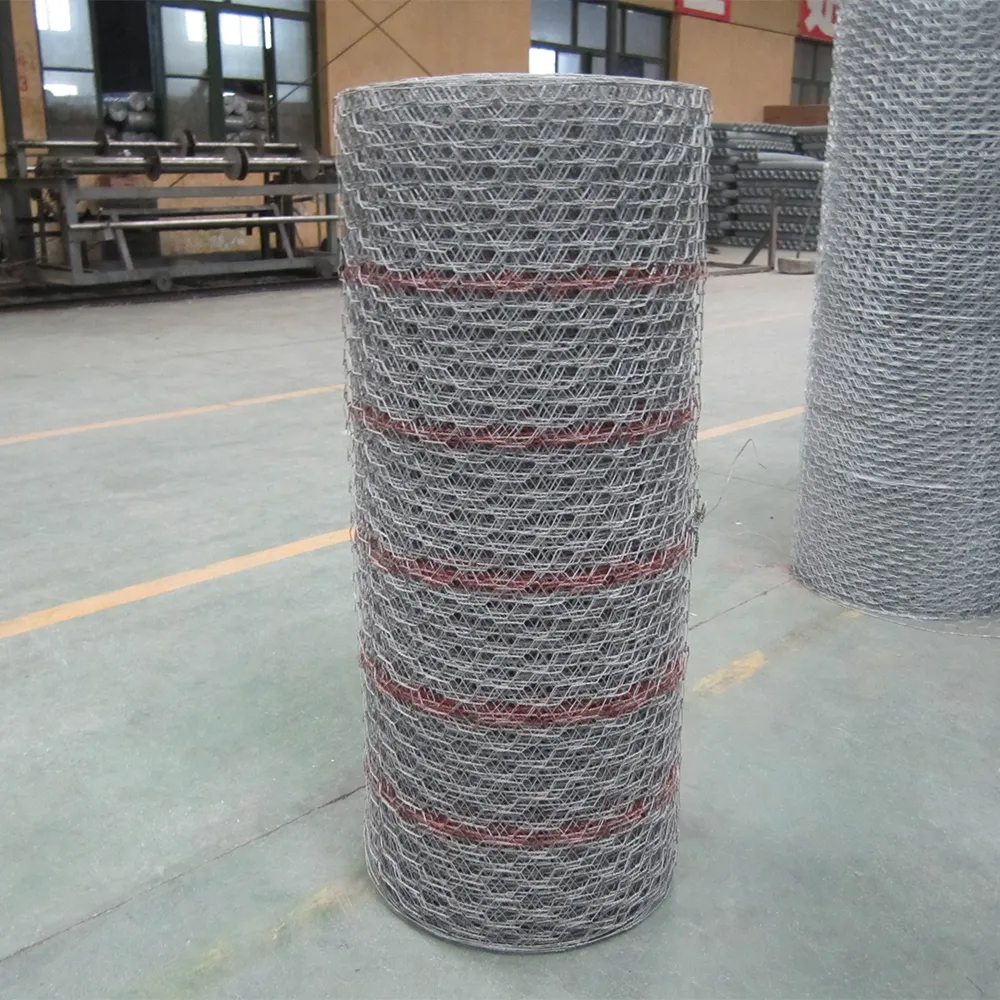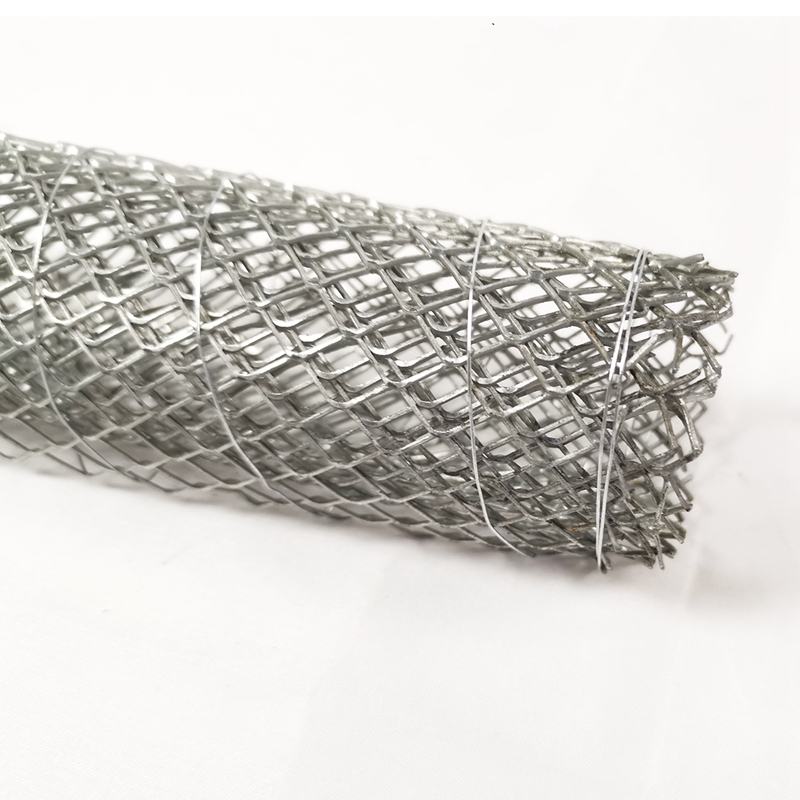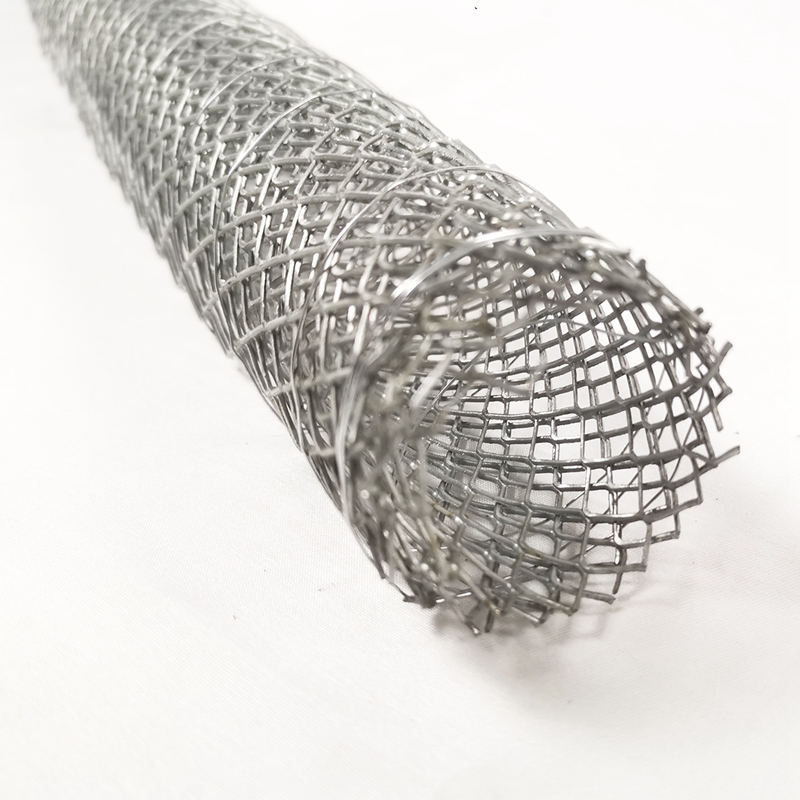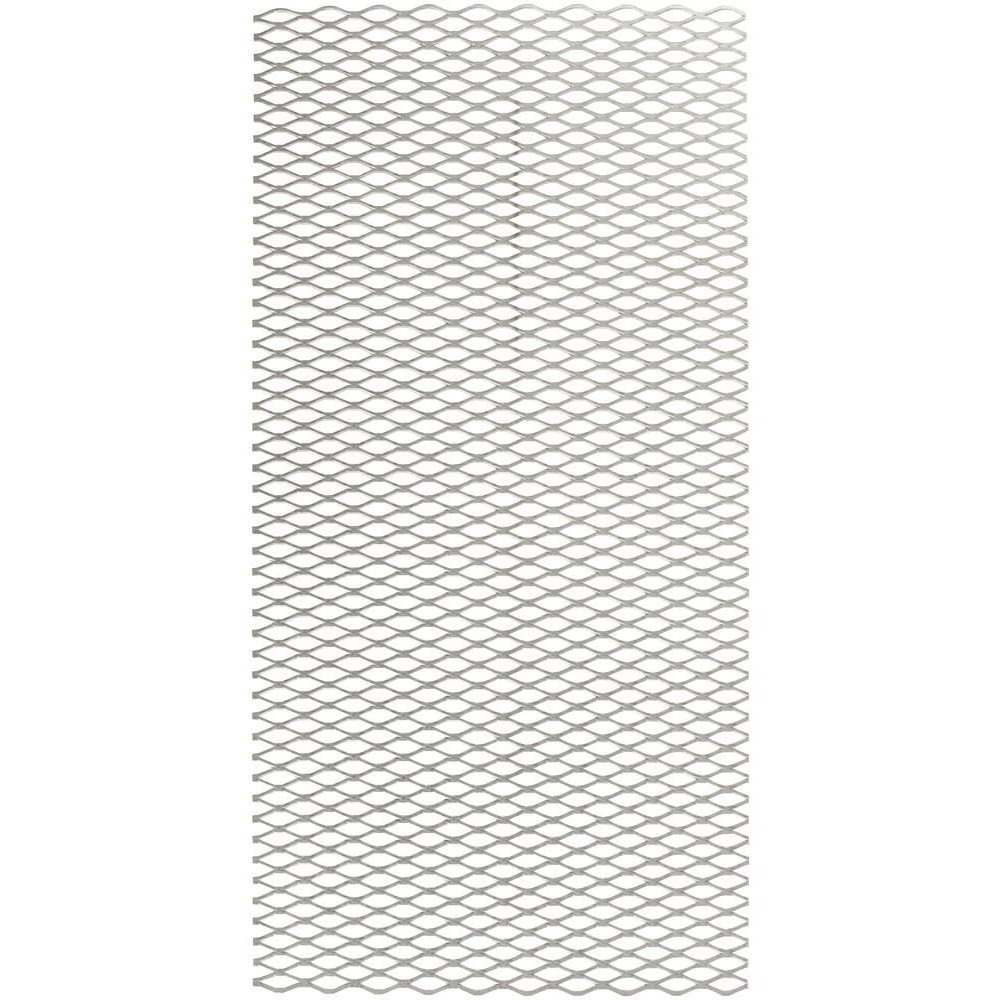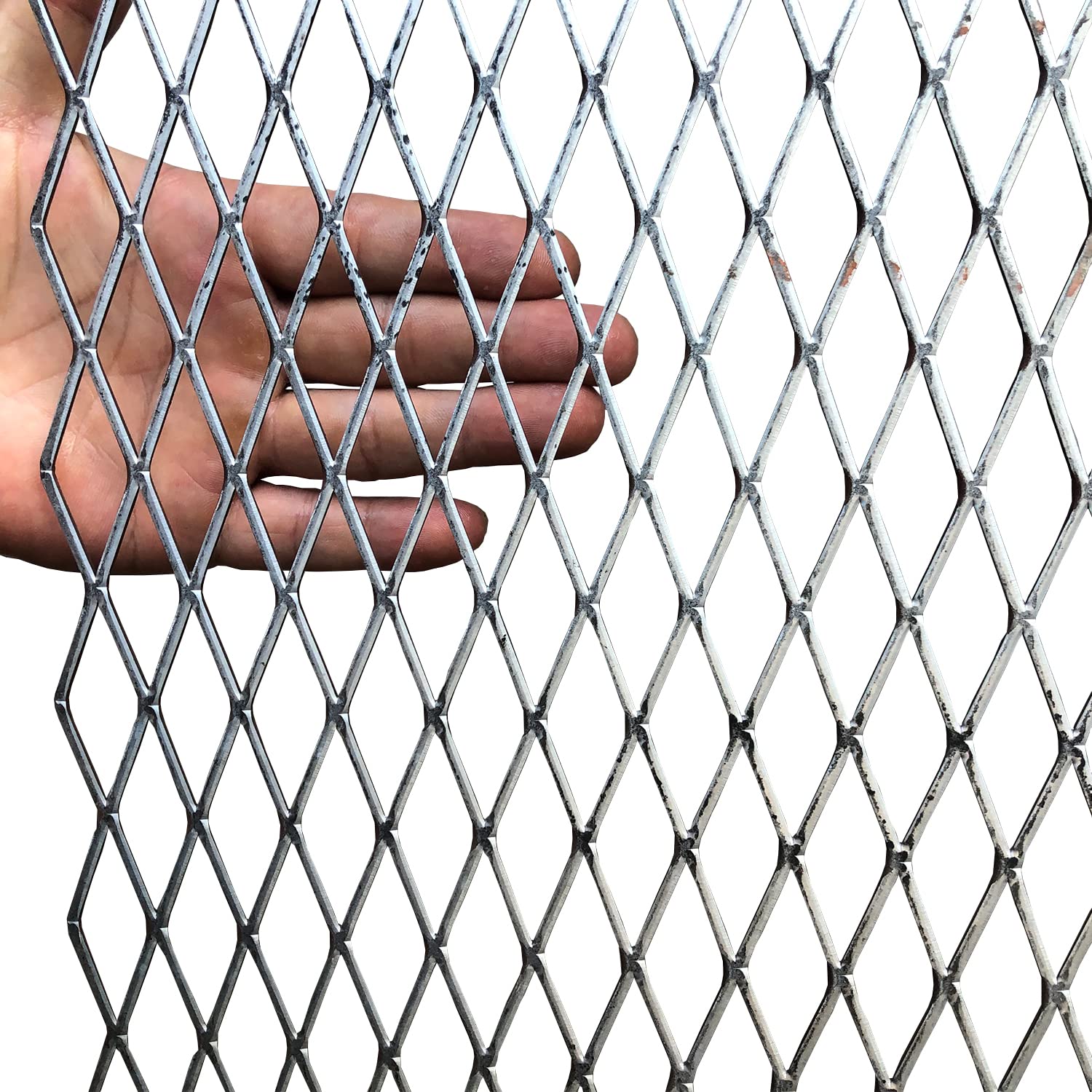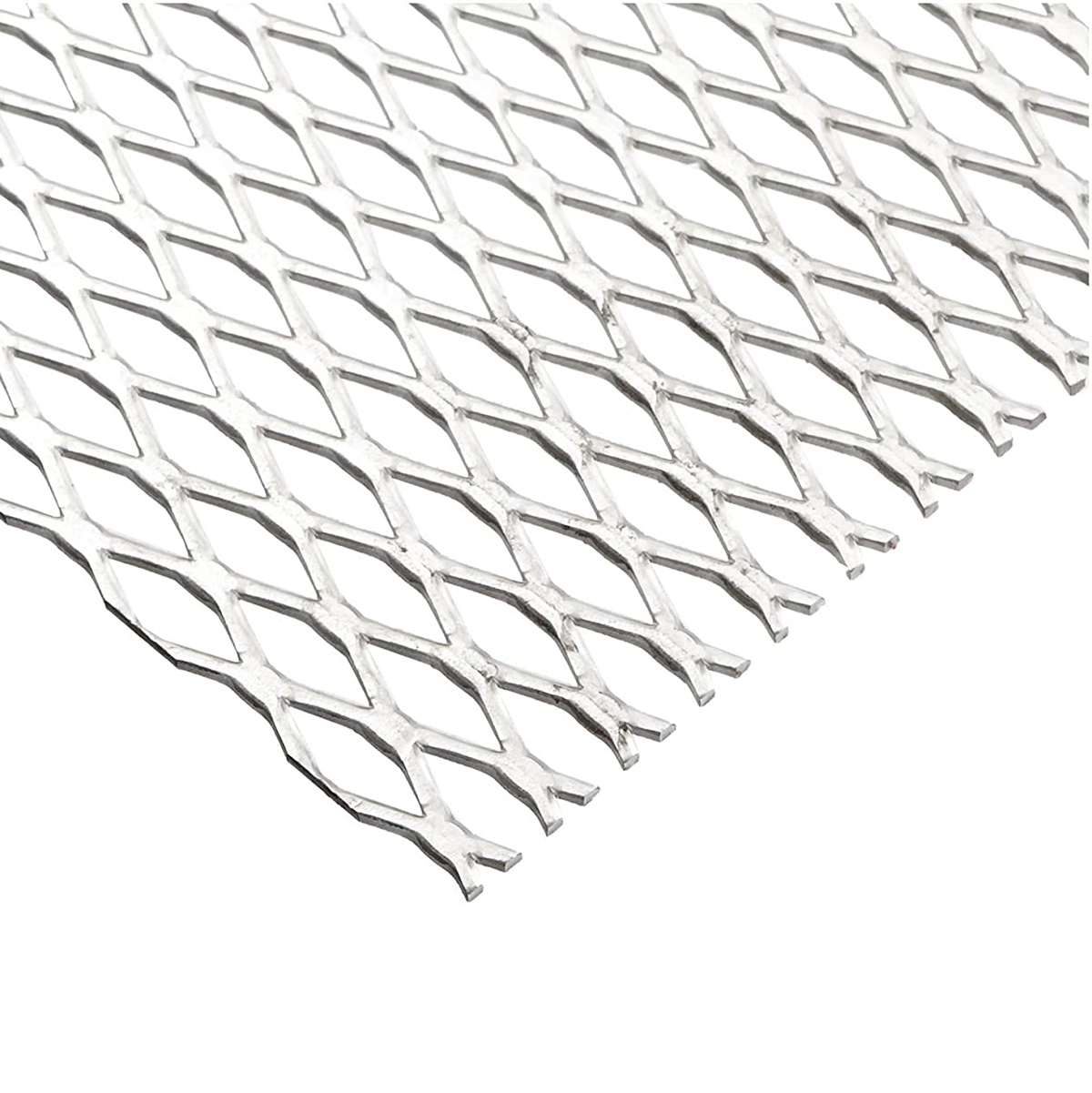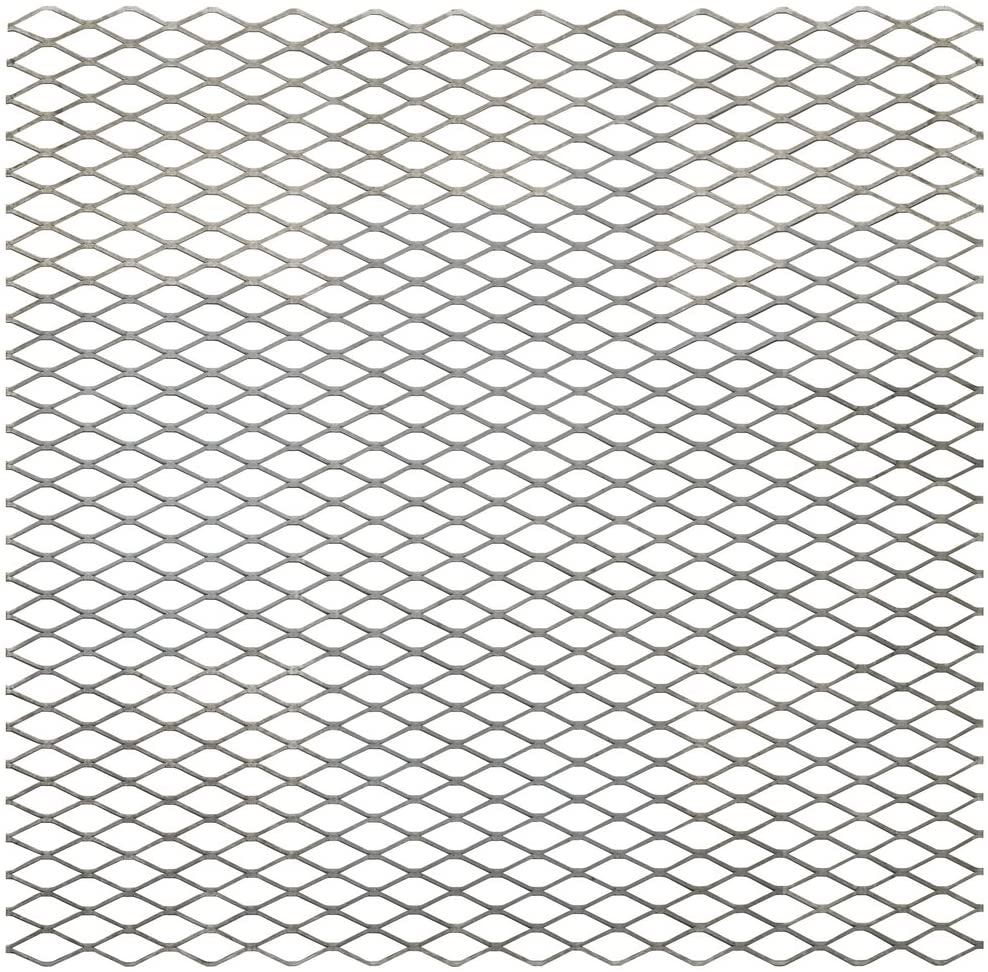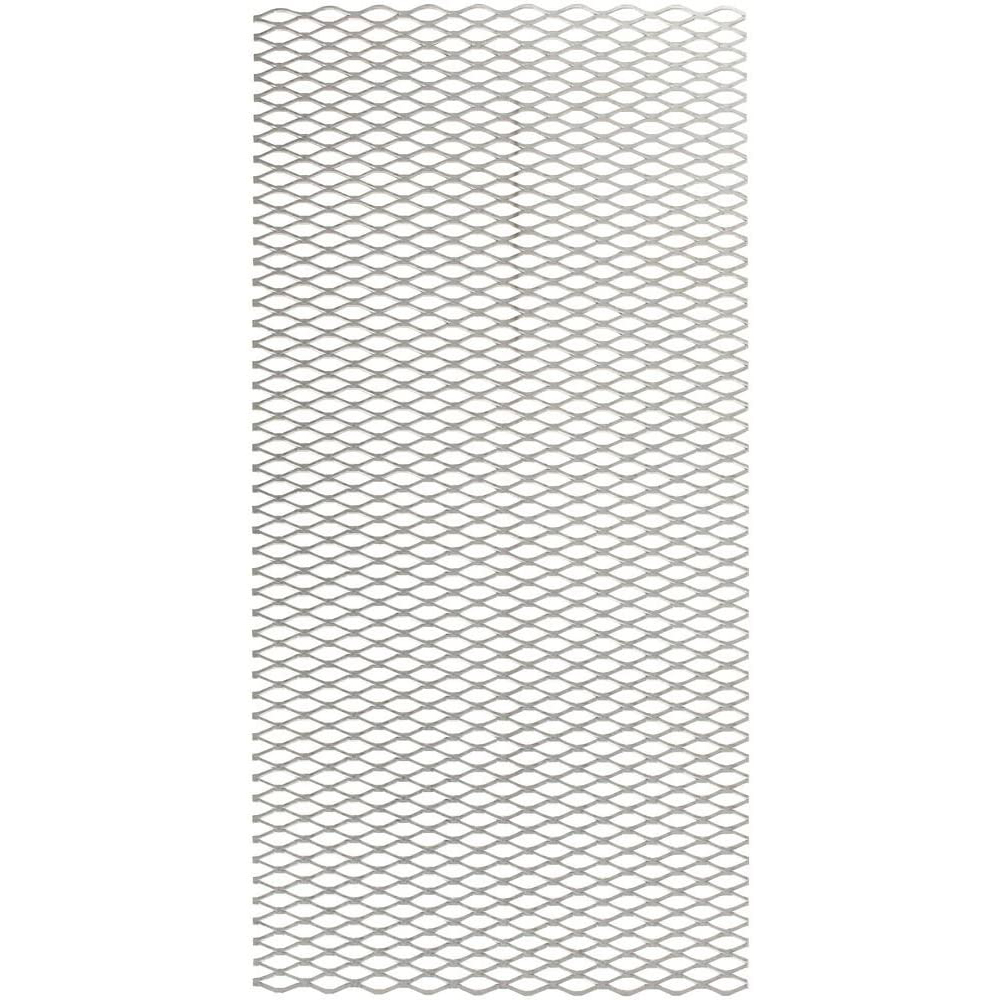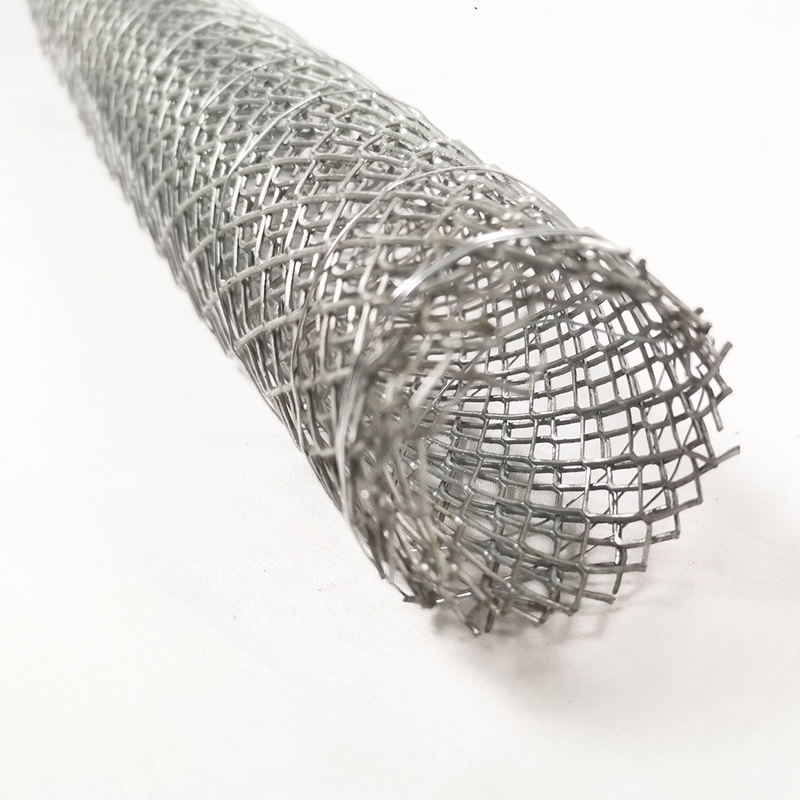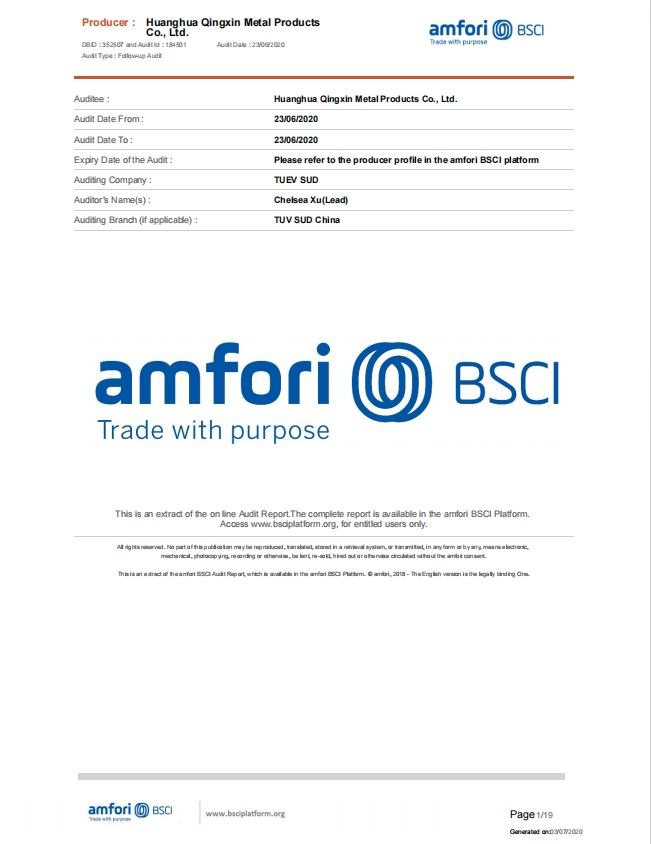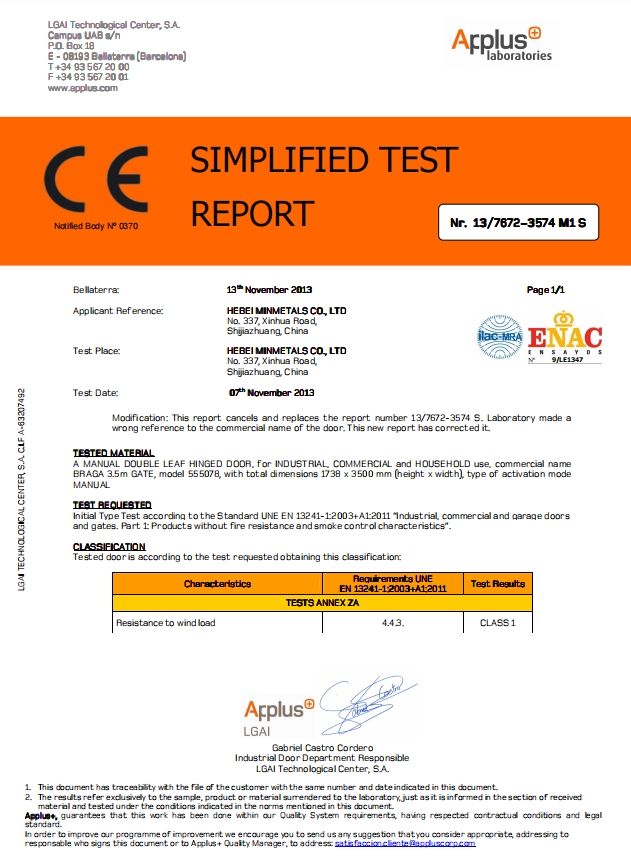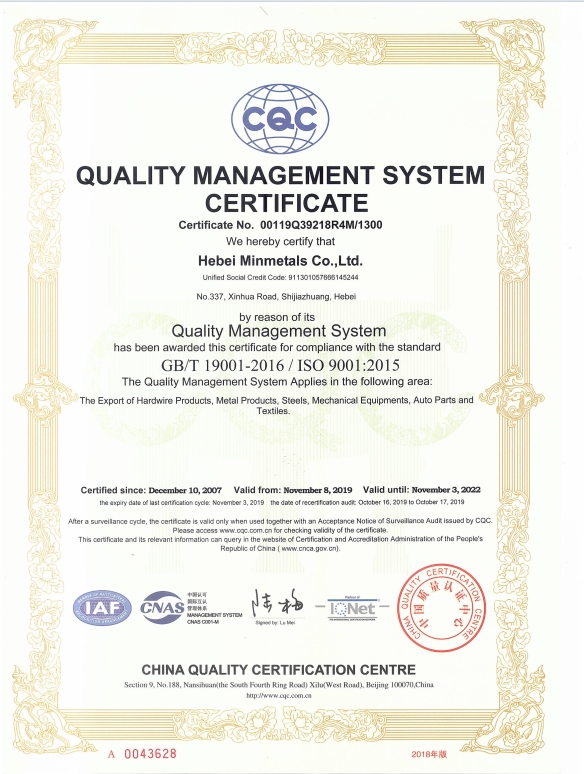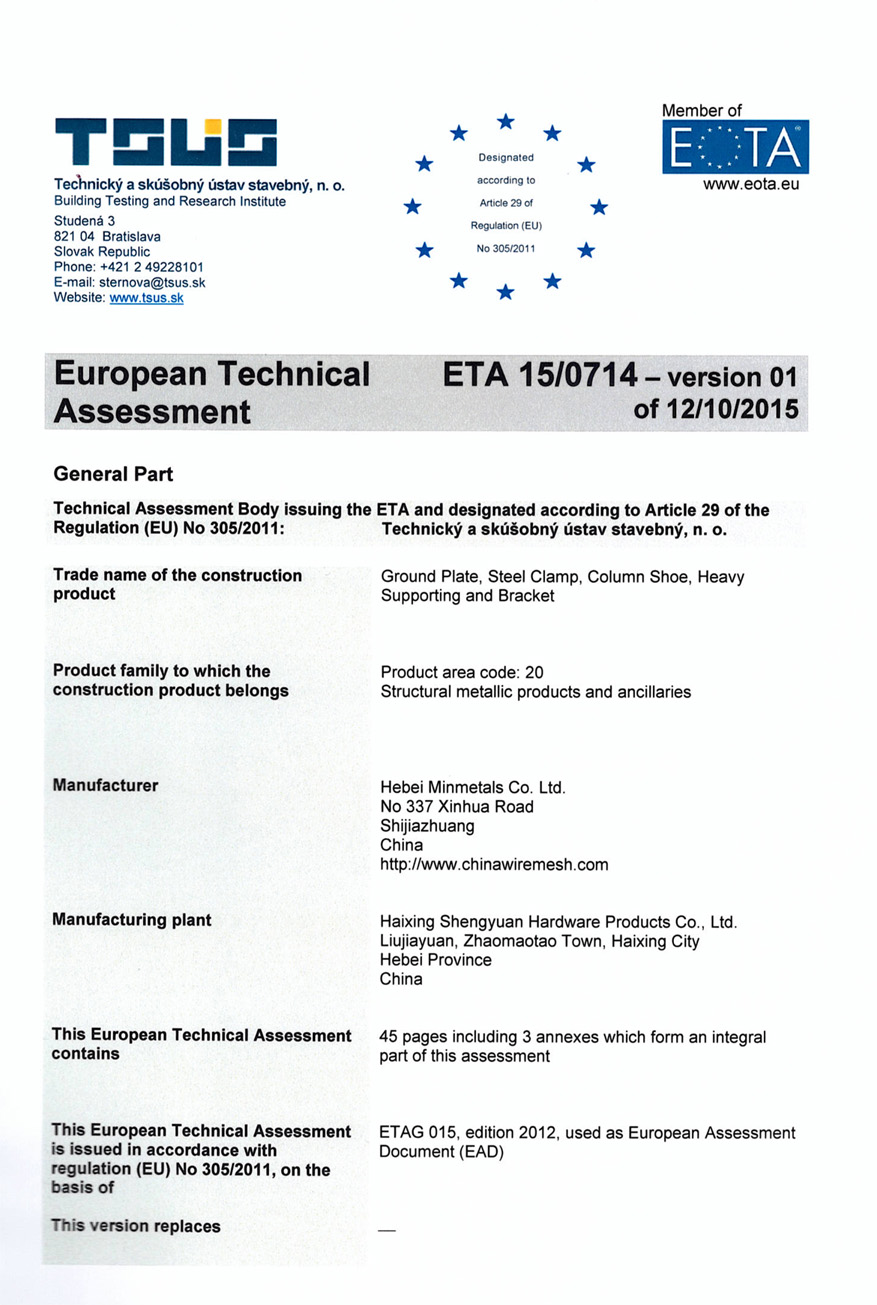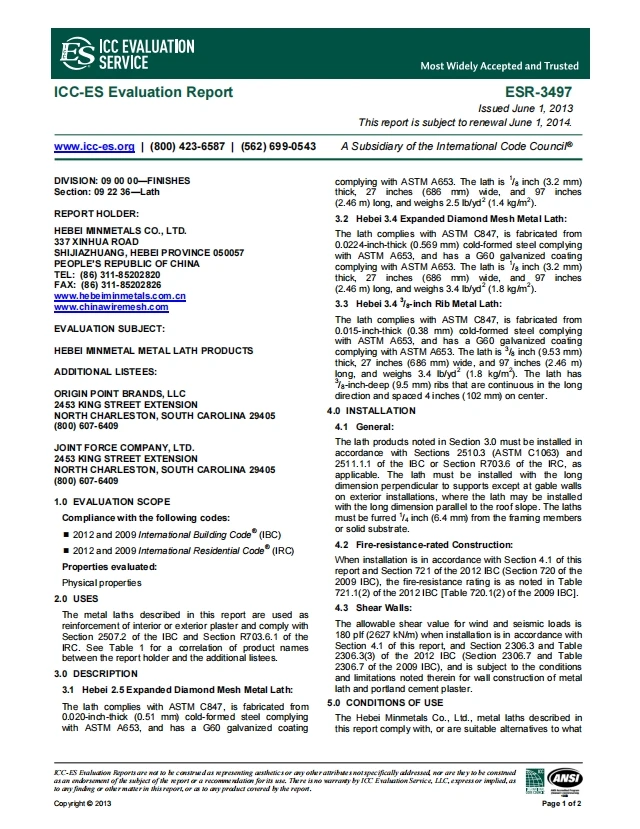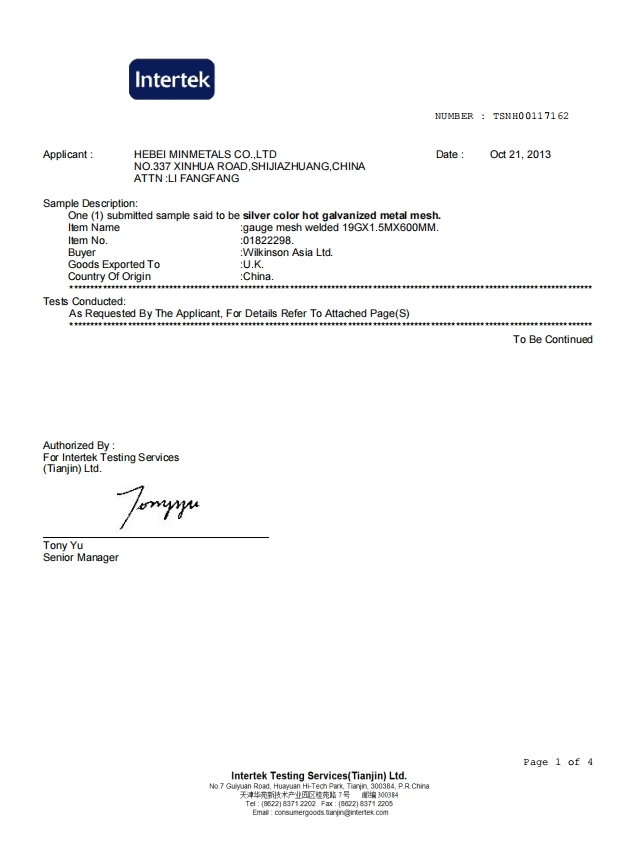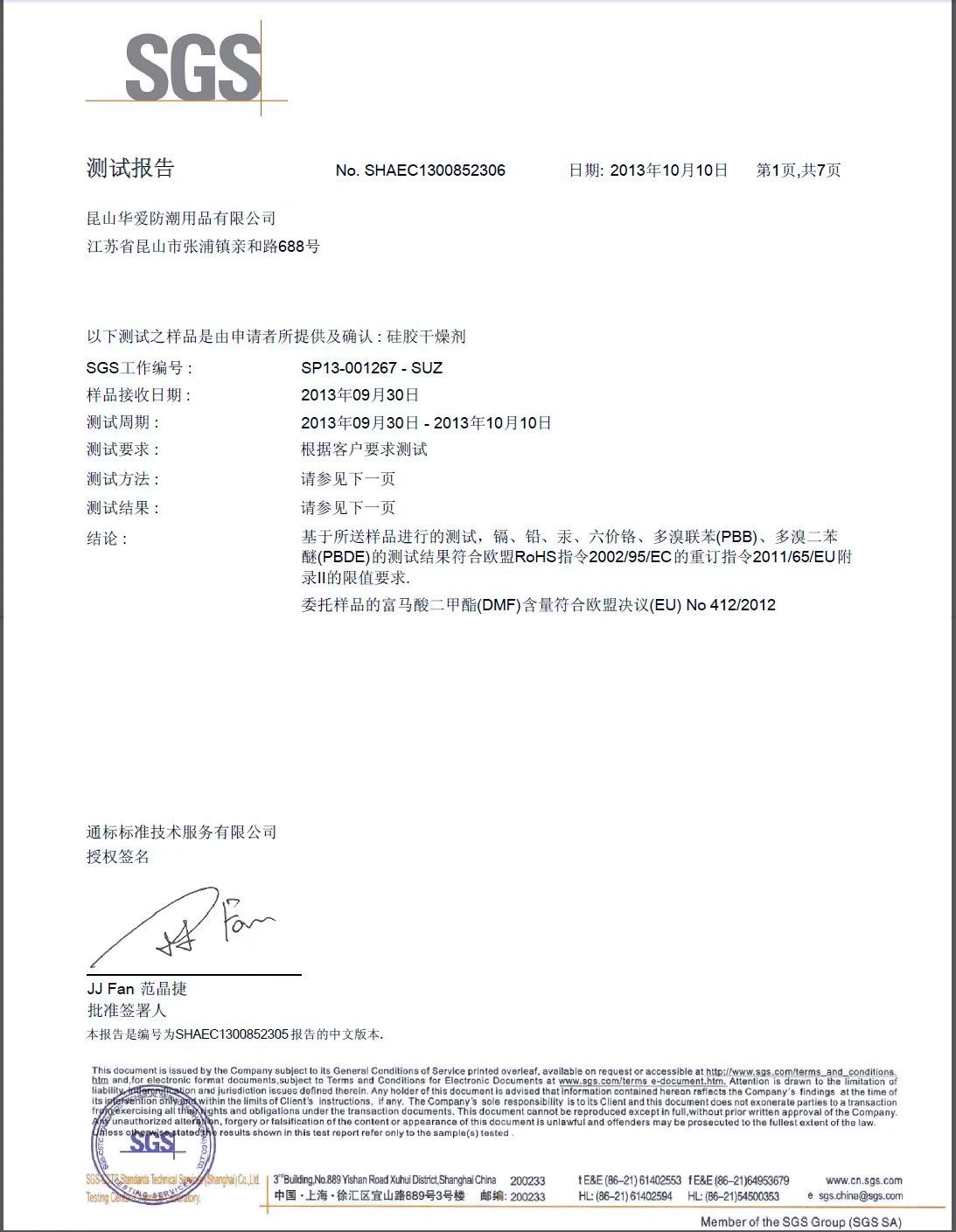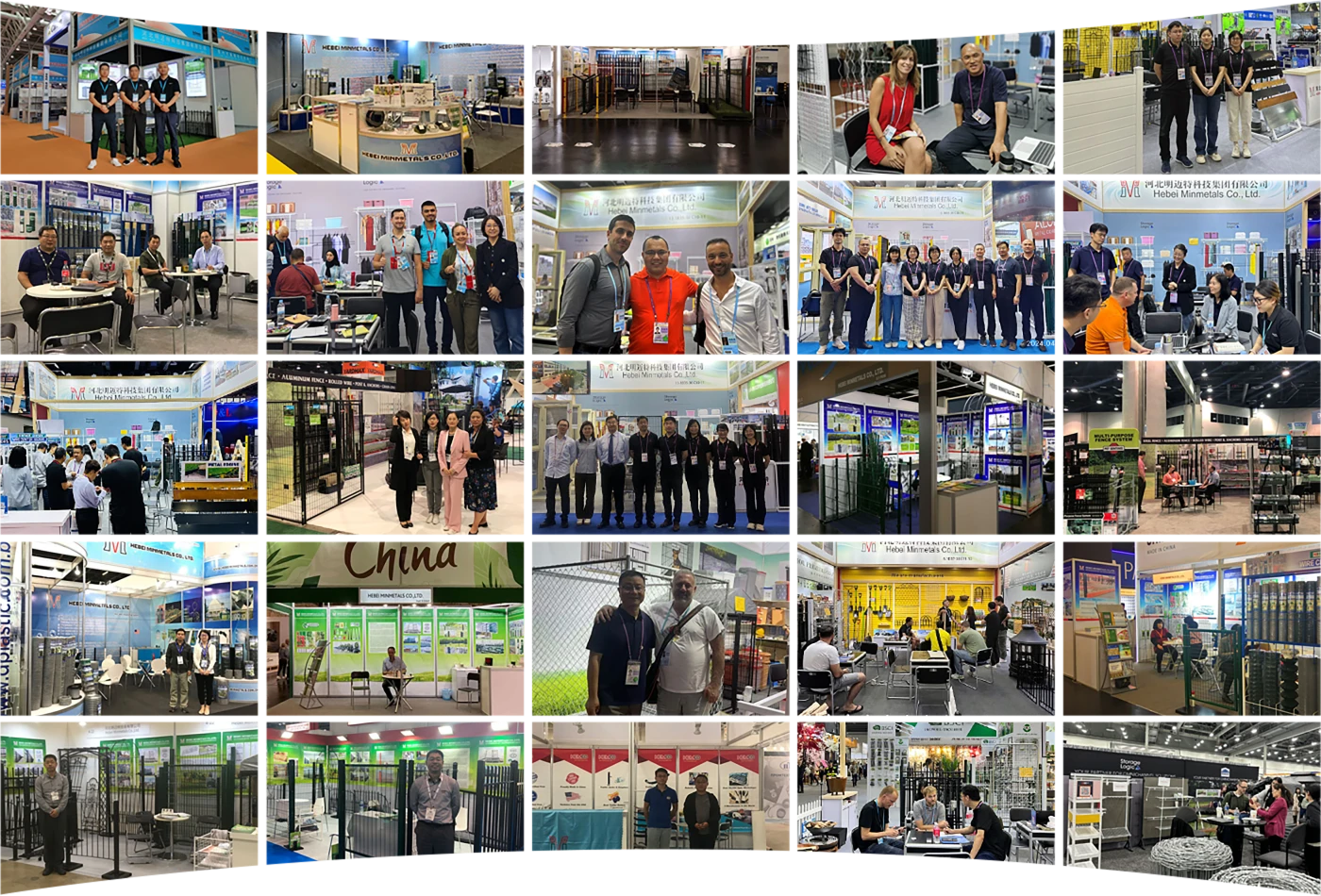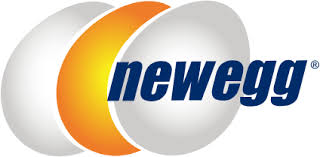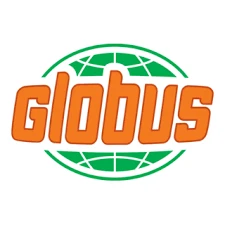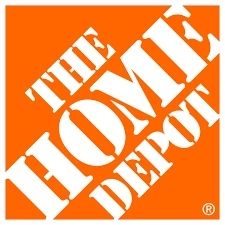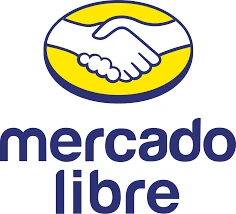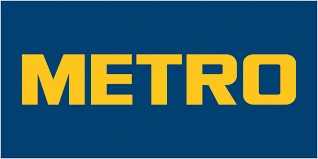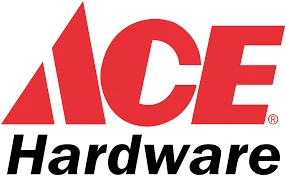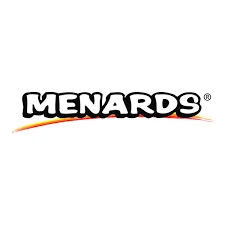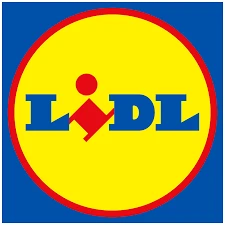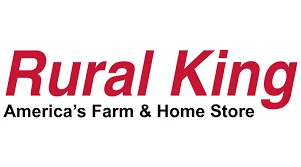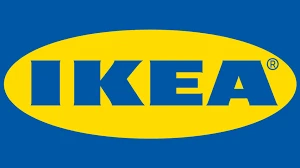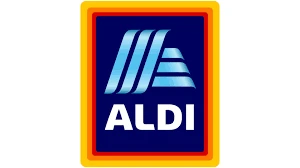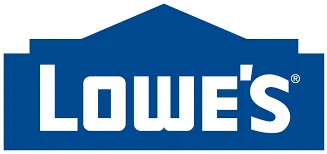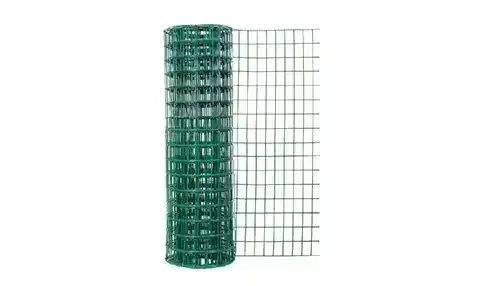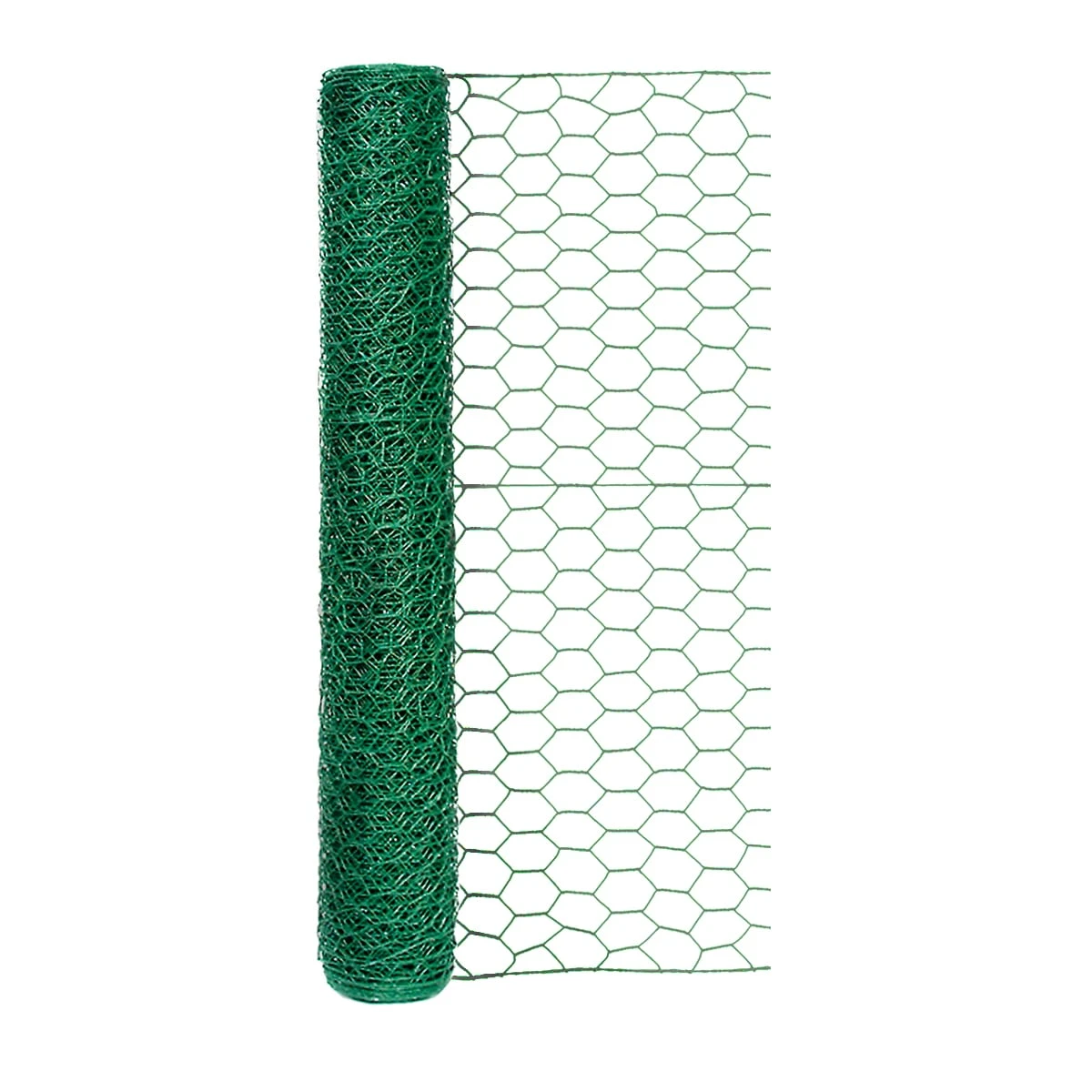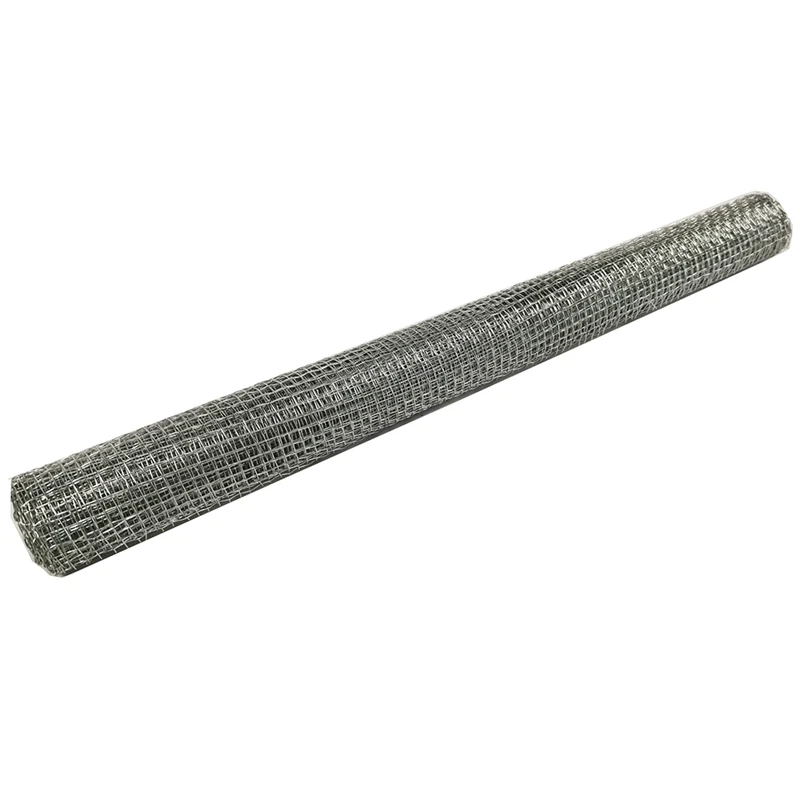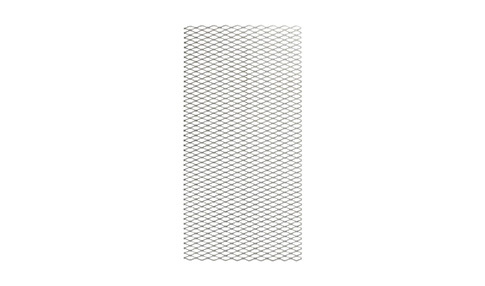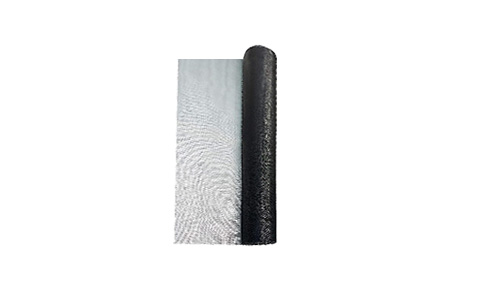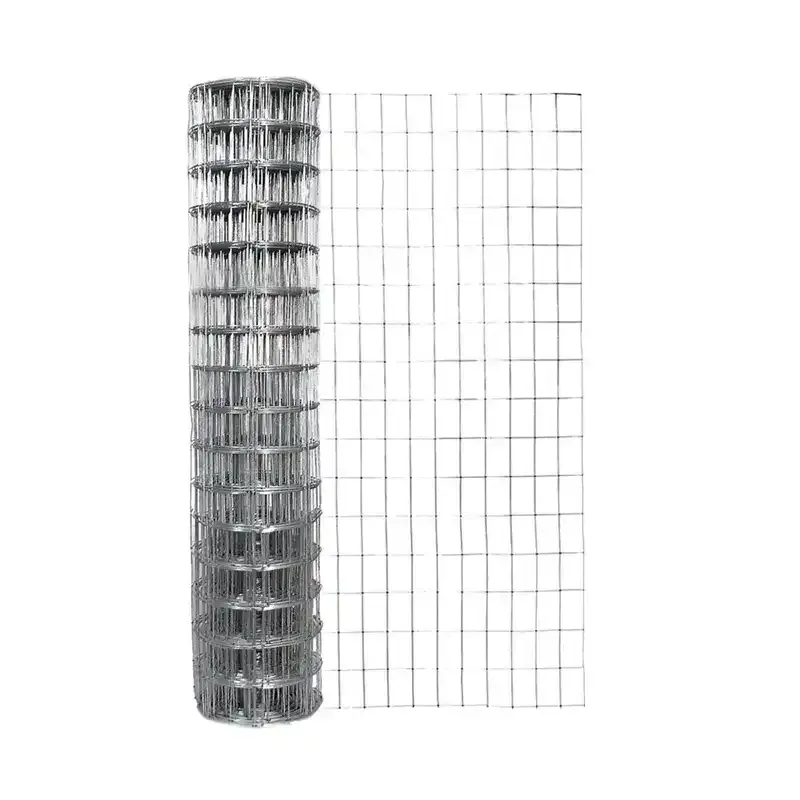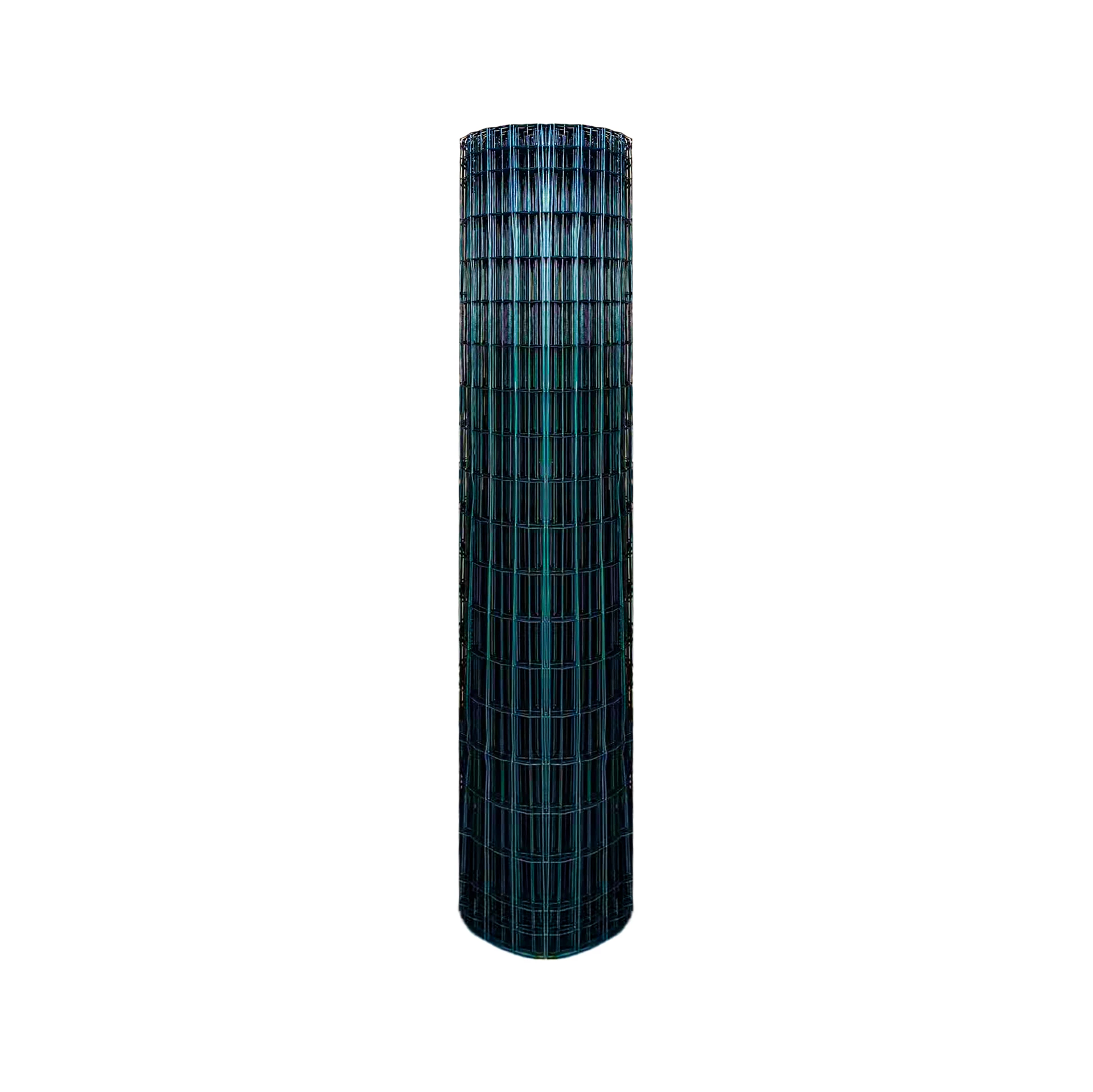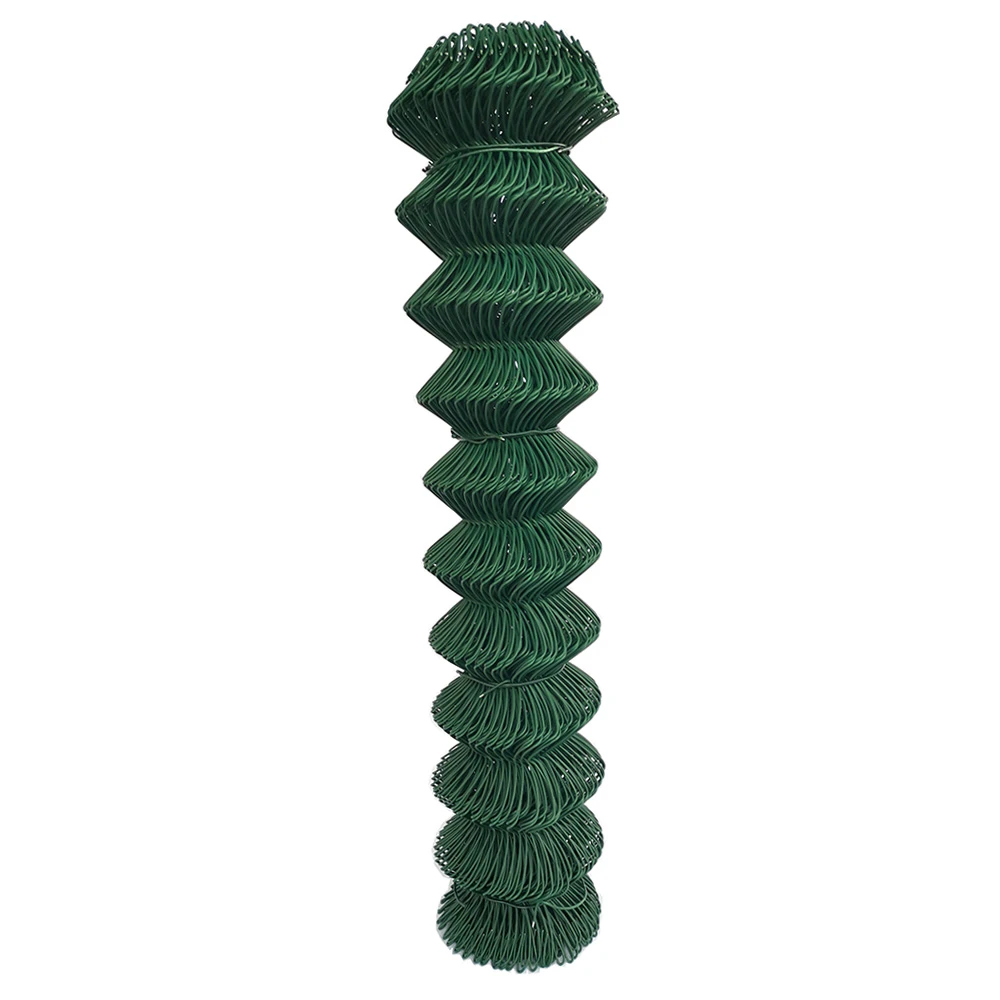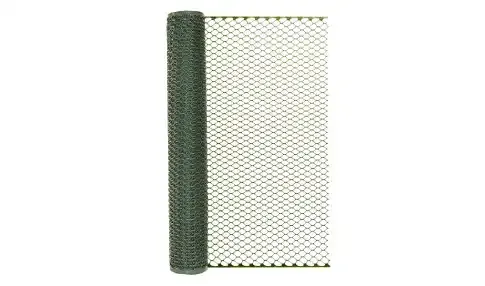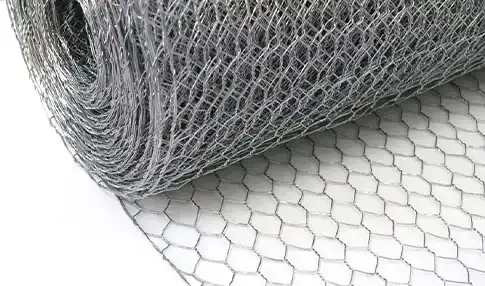Le treillis déployé est souvent utilisé comme élément décoratif. Sa conception unique ajoute de la texture et un intérêt visuel aux bâtiments, tant à l’intérieur qu’à l’extérieur.
Il s'agit d'un type de tôle qui a été coupée et étirée pour créer un réseau d'ouvertures en forme de losange. Le processus d'expansion augmente la surface du métal, le rendant plus solide et plus résistant à l'usure. Sa résistance et sa rigidité en font un excellent choix pour le renforcement
La conception ouverte permet la circulation de l'air et la ventilation, tout en offrant une barrière pour empêcher les intrus indésirables d'entrer.
-
Le treillis expansé est un matériau polyvalent qui possède un large éventail d’applications dans des secteurs tels que la construction, l’architecture et la fabrication.
-
Dans le secteur de la construction, le treillis déployé est couramment utilisé pour les clôtures, les façades de bâtiments et les écrans de sécurité. Il peut être utilisé pour le bardage, les brise-soleil ou comme mur d'accent. La conception ouverte permet également à la lumière de passer, créant un jeu d'ombre et de lumière qui ajoute de la profondeur et de la dimension à l'espace.
-
Les industries manufacturières bénéficient également de l’utilisation du maillage expansé. Il est couramment utilisé comme barrière de sécurité dans les machines et équipements, offrant une protection aux travailleurs tout en permettant la visibilité et l'accès aux composants en fonctionnement.
-
De plus, il peut être utilisé comme filtre dans diverses applications, telles que les systèmes de climatisation ou les processus industriels, où il retient efficacement les particules tout en permettant la libre circulation de l'air ou du liquide.
Expanded Mesh Specification
| WIR/175MLIMP Latte métallique plate de 1,75 lb |
| WIR/25MLIMP Latte métallique plate de 2,50 lb |
| WIR/34MLIMP Latte métallique plate de 3,40 lb |
| HEB/GDML25 Latte métallique alvéolée de 2,50 lb |
| WIR/RBLTHNPIMP Latte métallique nervurée de 3,40 lb sans papier |
| WIR/RBLTHIMP Latte métallique nervurée de 3,40 lb avec papier |
-
Le treillis déployé est disponible dans une variété de matériaux, notamment l'acier inoxydable, l'aluminium et l'acier doux. Chaque matériau possède ses propres propriétés uniques qui le rendent adapté à différentes applications.
-
L'acier inoxydable offre une excellente résistance à la corrosion, ce qui le rend idéal pour une utilisation dans des environnements extérieurs ou des zones exposées à des produits chimiques ou à l'humidité. L'aluminium est léger et présente un rapport résistance/poids élevé, ce qui le rend adapté aux applications où le poids est un problème.
-
Le treillis déployé est un matériau polyvalent qui offre une large gamme d'applications dans divers secteurs. Qu'il soit utilisé dans la construction, l'architecture ou la fabrication, le treillis déployé offre une solution rentable et efficace pour de nombreux besoins différents.
What Is Expanded Metal Mesh
Expanded metal mesh is a versatile and durable material commonly used in various industries, including construction, security, and manufacturing. It is created by cutting a sheet of metal and stretching it to form a mesh with diamond-shaped openings. Unlike welded wire mesh, expanded metal does not require additional joints or welding; the material is simply slit and expanded, making it stronger than traditional sheets of metal. This process results in a lightweight yet robust mesh that can bear heavy loads.
The mesh's structure is ideal for applications where strength, flexibility, and security are essential. Its unique shape allows for excellent airflow, making it an ideal choice for ventilation systems, grilles, and protective barriers. Expanded metal mesh is often used in building facades, stair treads, and platforms due to its ability to withstand harsh environmental conditions while maintaining its form.
This mesh is available in a variety of materials, including steel, aluminum, stainless steel, and brass, allowing it to be customized for specific purposes. It also comes in different thicknesses, with some types being more suitable for security and heavy-duty applications, while others are perfect for decorative and lighter uses.
Thanks to its ability to be shaped into various sizes and patterns, expanded metal mesh is also a popular choice for architectural designs, fences, and screens. Its durability, low maintenance, and adaptability make it an excellent material for both functional and aesthetic purposes in a wide range of sectors.
Benefits of Expanded Metal Mesh
Strength and Durability
Expanded mesh is inherently stronger than other types of metal sheets because it is formed by cutting and stretching a single sheet of metal, creating a continuous, reinforced structure. This eliminates the need for welding or additional fasteners, making it more robust and durable. It can withstand heavy loads and harsh environmental conditions, making it ideal for use in industrial applications.
Lightweight Yet Strong
Despite its robust properties, expanded wire mesh remains lightweight due to its open structure. This makes it easy to handle, transport, and install, which can be a significant cost-saving factor in many projects.
Cost-Effective
Expanded metal mesh is often more affordable than traditional welded mesh. The manufacturing process is efficient, with minimal waste, which translates into lower production costs. Furthermore, since expanded wire mesh is highly durable, it reduces the need for frequent replacements, making it a long-term, cost-effective solution.
Versatility and Customization
Available in various materials such as aluminum, stainless steel, and carbon steel, expanded mesh can be tailored to meet specific needs. Whether you're looking for lightweight panels for architectural designs or heavy-duty mesh for industrial use, the expanded metal mesh can be customized for different purposes.
Enhanced Security and Protection
Expanded metal mesh provides excellent protection against unauthorized access, making it a top choice for fencing, gates, and protective barriers. Its design ensures that it is difficult to cut or break, enhancing security in various environments.
Availability and Supplier Options
Minmétaux du Hebei, a leading expanded wire mesh supplier, offers a wide range of high-quality wire mesh wholesale. Whether you're looking for expanded metal mesh for sale or seeking a competitive expanded wire mesh price, Hebei Minmetals provides solutions to fit various budgets and requirements.
What Is the Difference Between Welded Mesh and Expanded Mesh?
Welded mesh, also known as welded wire mesh, is created by welding intersecting wires together at right angles. This process results in a strong, rigid structure with uniform spacing between the wires. The mesh is available in different gauges and sizes, making it suitable for a wide variety of applications, such as fencing, reinforcement in concrete, and protective barriers. Welded mesh is appreciated for its strength and durability, making it an excellent choice for applications requiring high structural integrity. It is typically made from carbon steel but can also be coated with materials like galvanized zinc to enhance corrosion resistance.
In contrast, expanded mesh is produced by cutting and stretching a flat sheet of metal, such as aluminum or stainless steel, into a mesh form. This process creates a series of diamond or hexagonal openings, which allows for greater airflow, light transmission, and drainage compared to welded mesh. Expanded mesh is lightweight yet strong, making it ideal for applications like architectural facades, walkway covers, and decorative elements. The open structure of expanded mesh also allows for visibility and aesthetic appeal, which is often desired in design-focused projects.
In summary, the primary difference between welded mesh and expanded mesh lies in their manufacturing processes, structural characteristics, and application suitability. Welded mesh offers strength and rigidity for load-carrying applications, while expanded mesh provides lightweight and versatile options with enhanced airflow and aesthetics. Choosing between the two depends on the specific requirements of the project, including strength, visibility, and environmental factors.
The standard size of expanded metal can vary depending on the specific application and manufacturing processes, but there are common dimensions and types that are frequently used in the industry.
Typically, expanded metal sheets come in standard sizes such as 4 x 8 metal mesh or 3 feet by 6 feet. These dimensions are convenient for handling, transportation, and installation. However, custom sizes can also be produced to meet specific project requirements. The thickness of the base metal can vary, generally ranging from 0.035 inches to 0.125 inches, depending on the desired strength and application.
Expanded metal sheets are categorized into different types based on the mesh pattern. The most common types include standard expanded metal, flattened expanded metal, and architectural expanded metal, each having its unique characteristics that affect dimensions. The opening size of the mesh can also differ, with standard opening sizes being around 1/2 inch to 1 inch, allowing for variations in airflow and light passage.
In terms of material, expanded metal is commonly made from steel, aluminum, and other metals, each of which may have different standard dimensions and thicknesses. Steel expanded metal is particularly popular for its strength, while aluminum is preferred for its lightweight and corrosion resistance.
In conclusion, while standard sizes for expanded metal typically include 4 x 8 expanded metal sheets with varying thicknesses and opening sizes, the flexibility in manufacturing allows for a wide range of dimensions to cater to specific needs in various industries.
